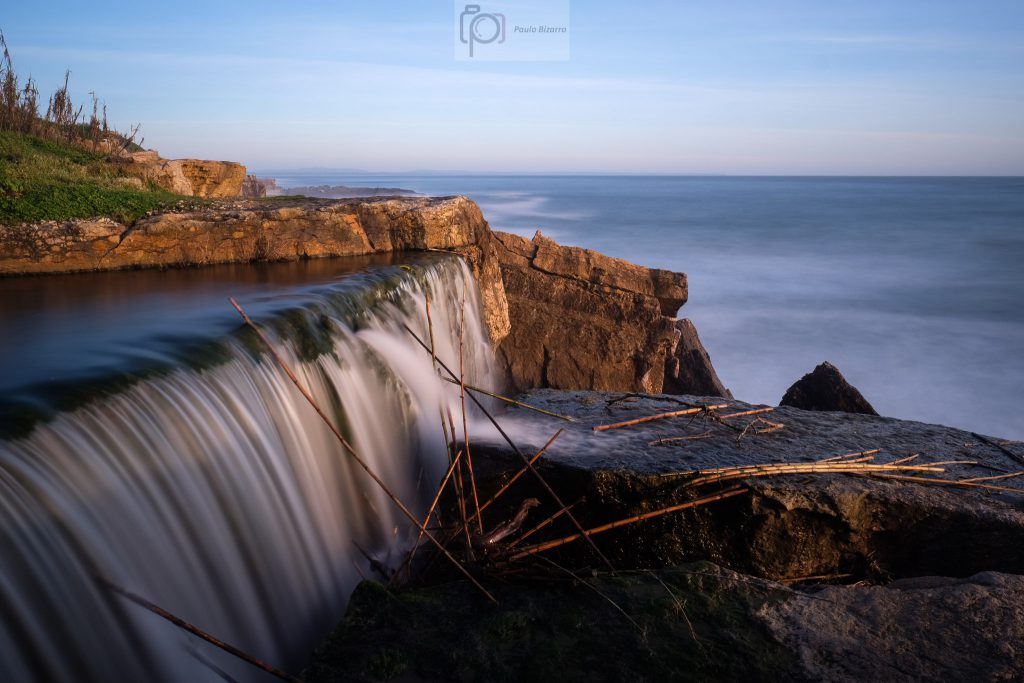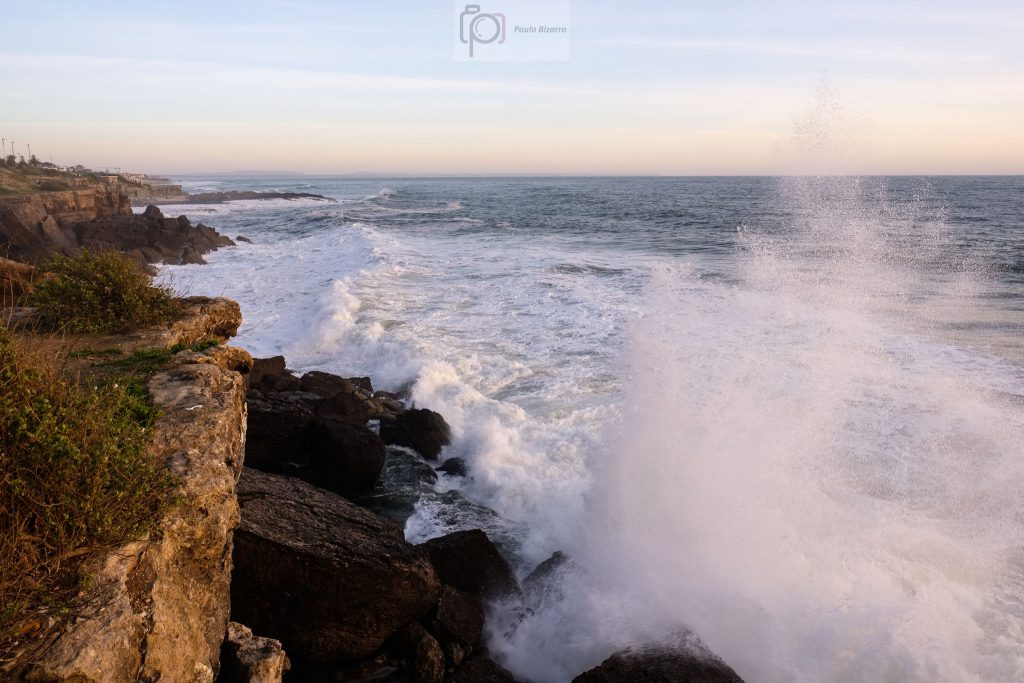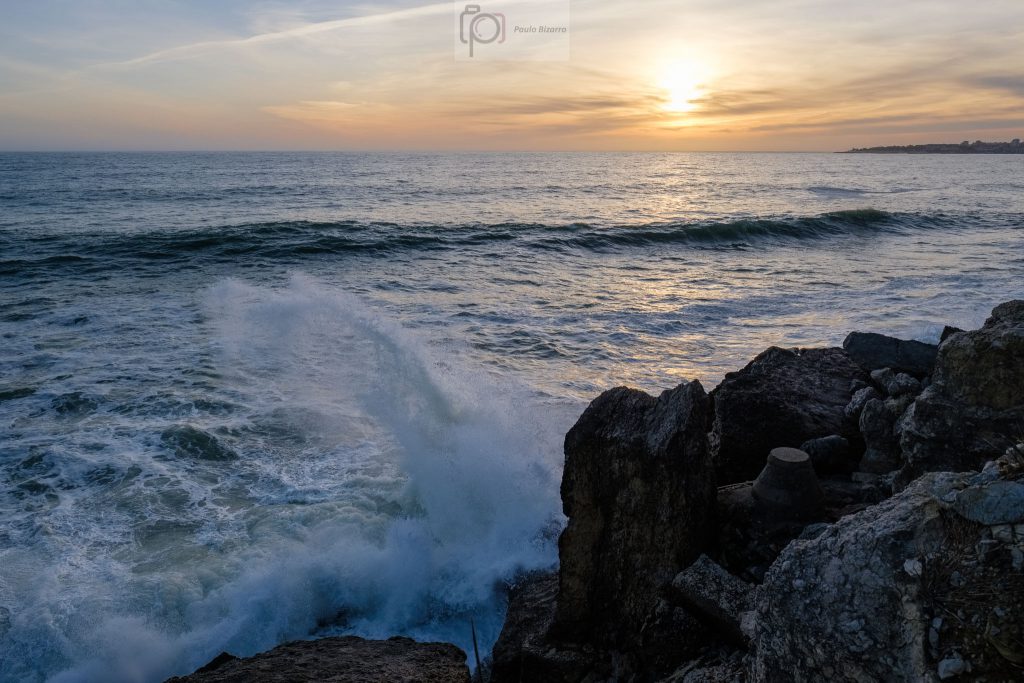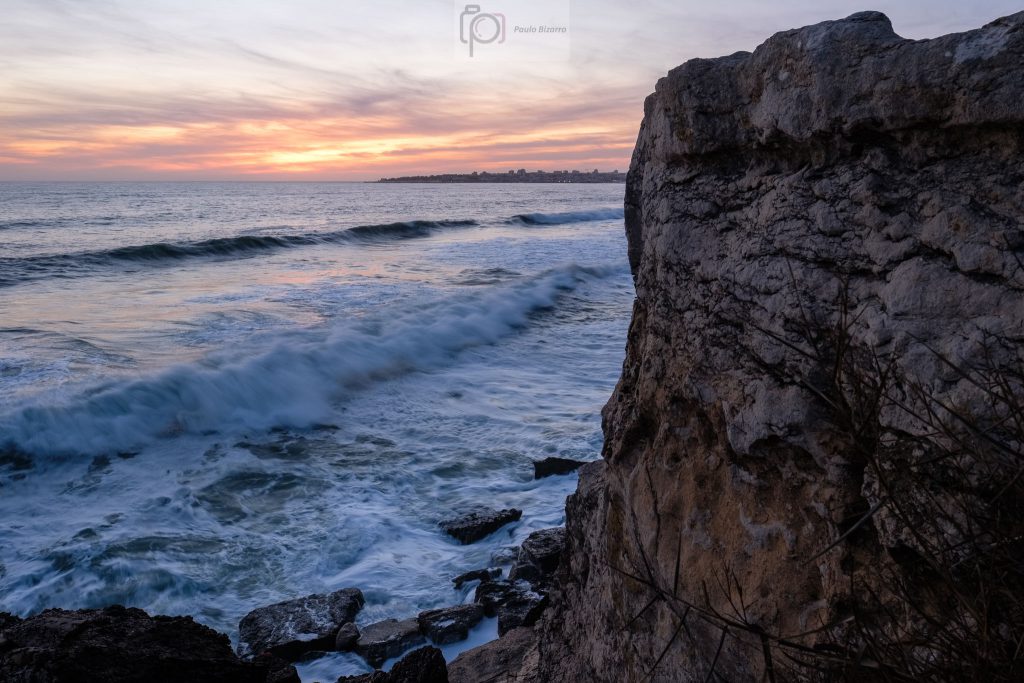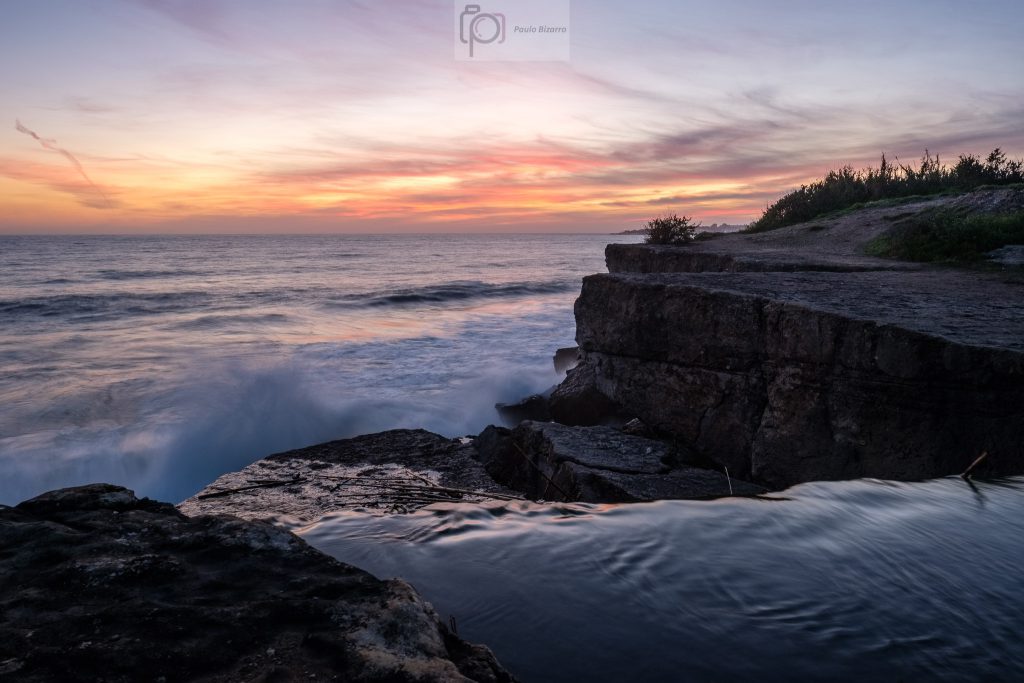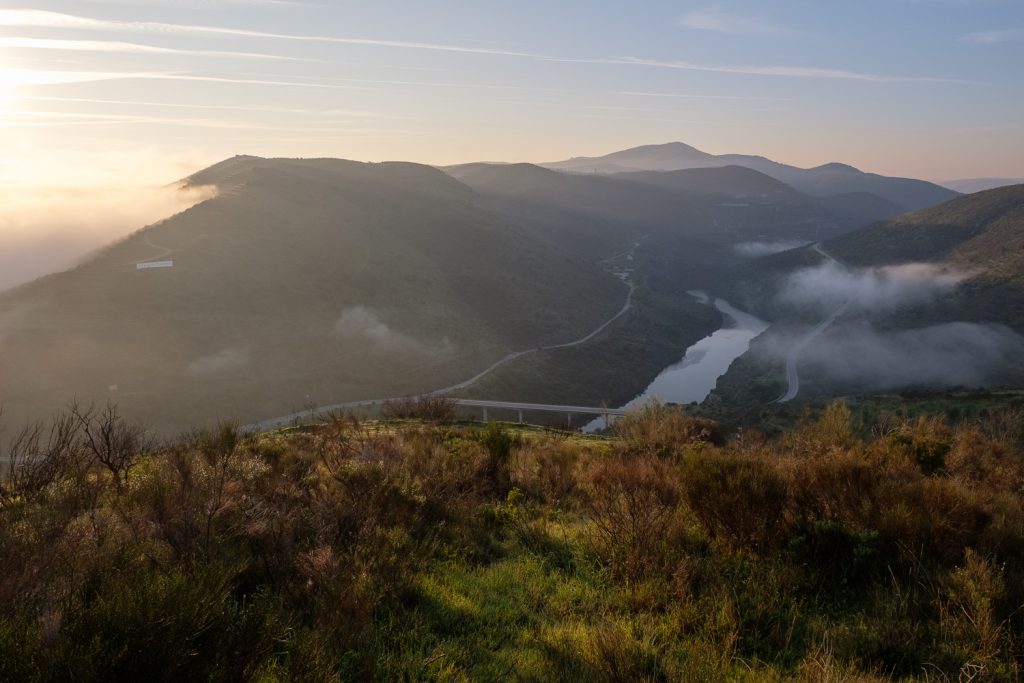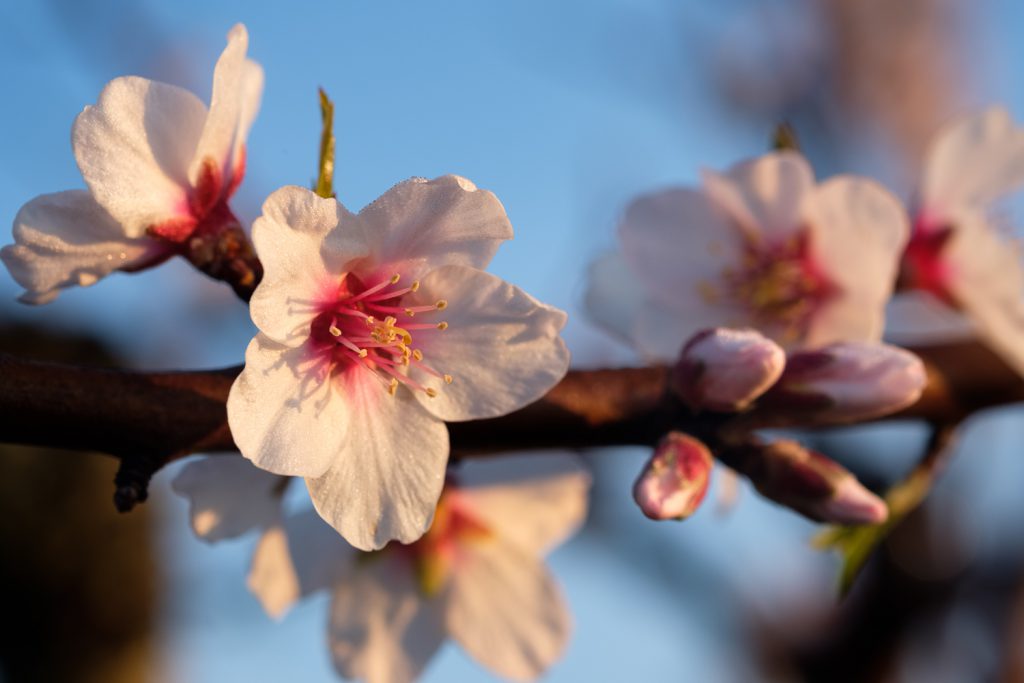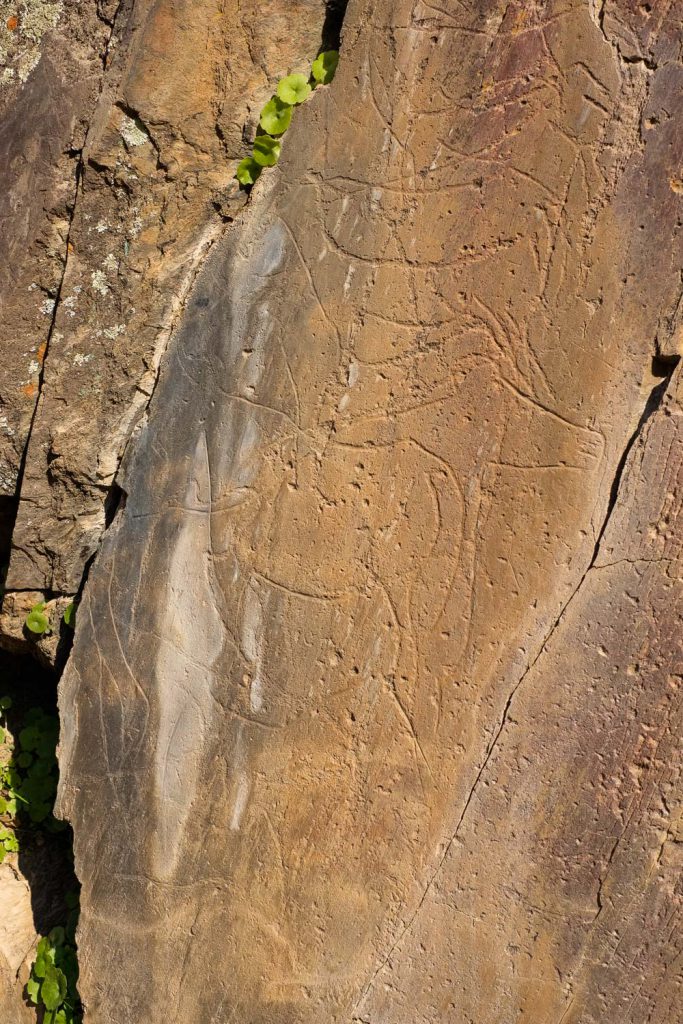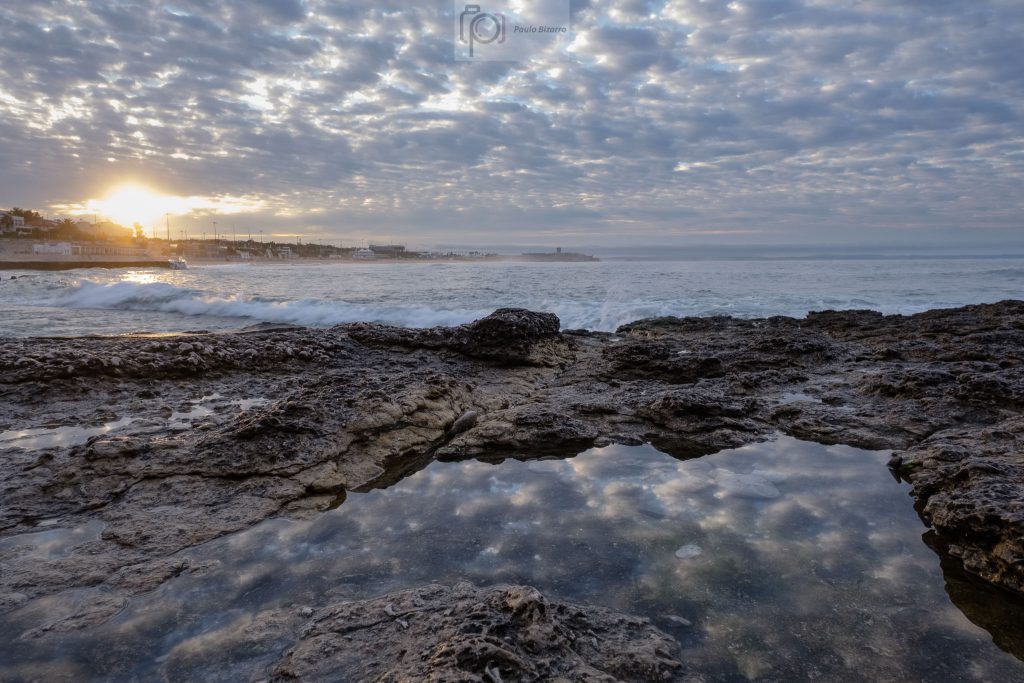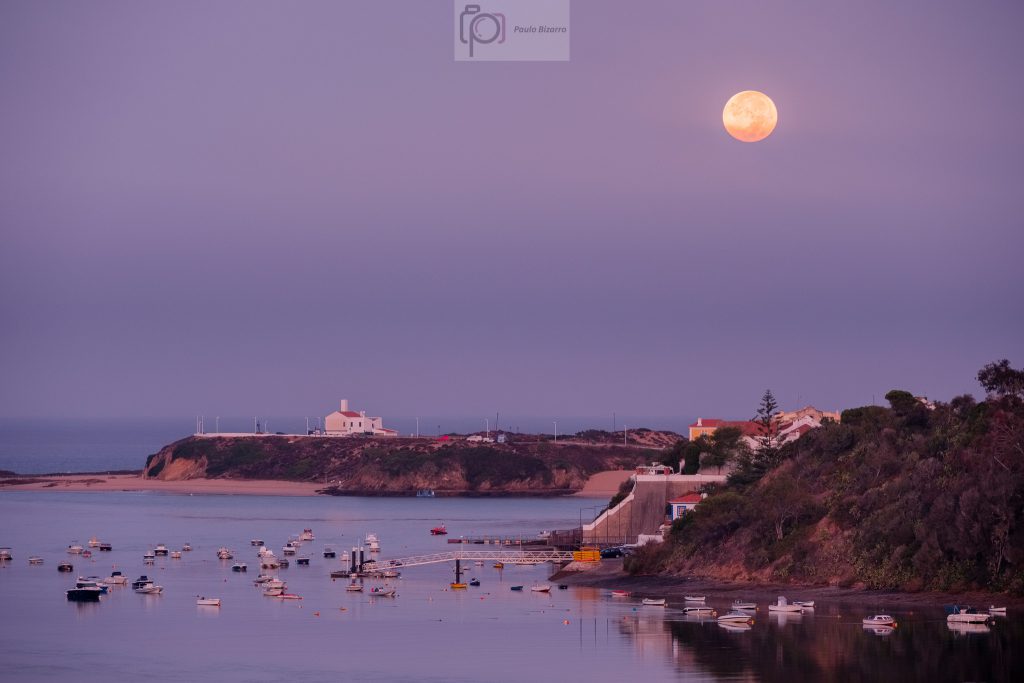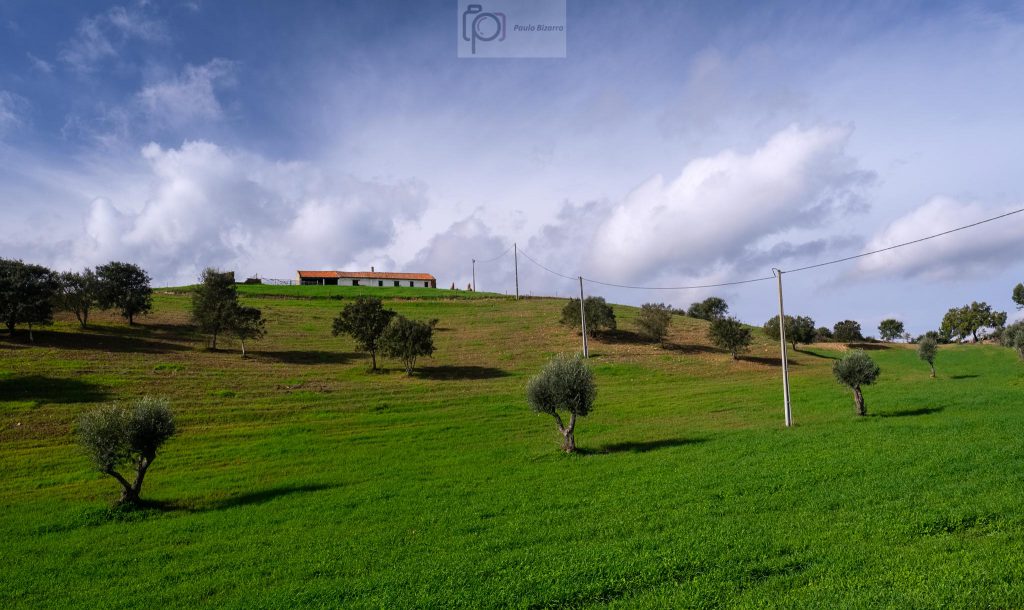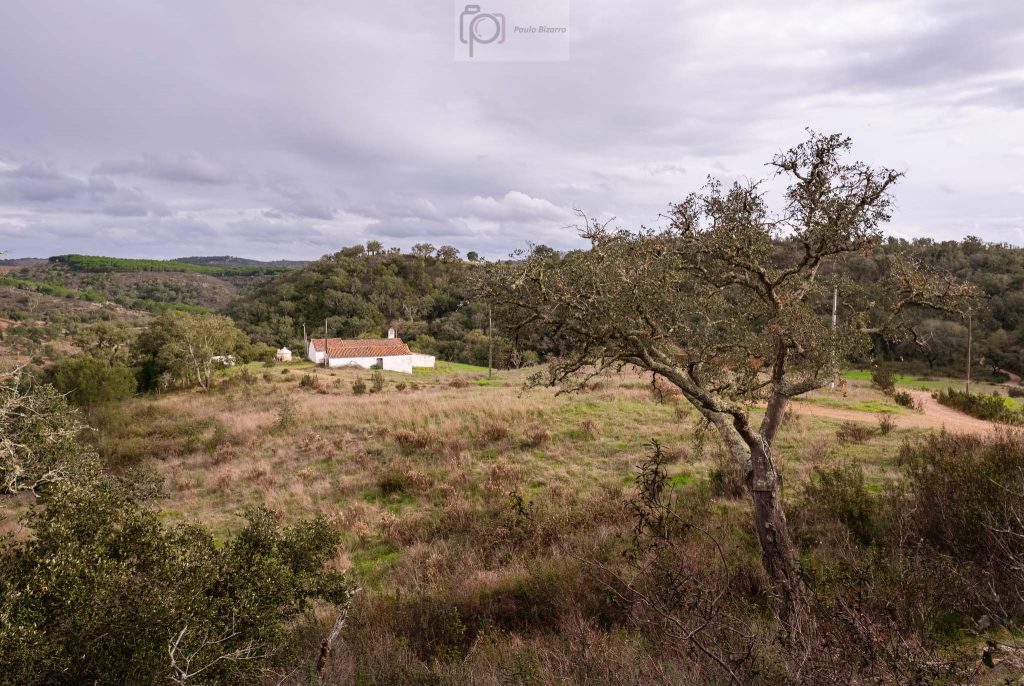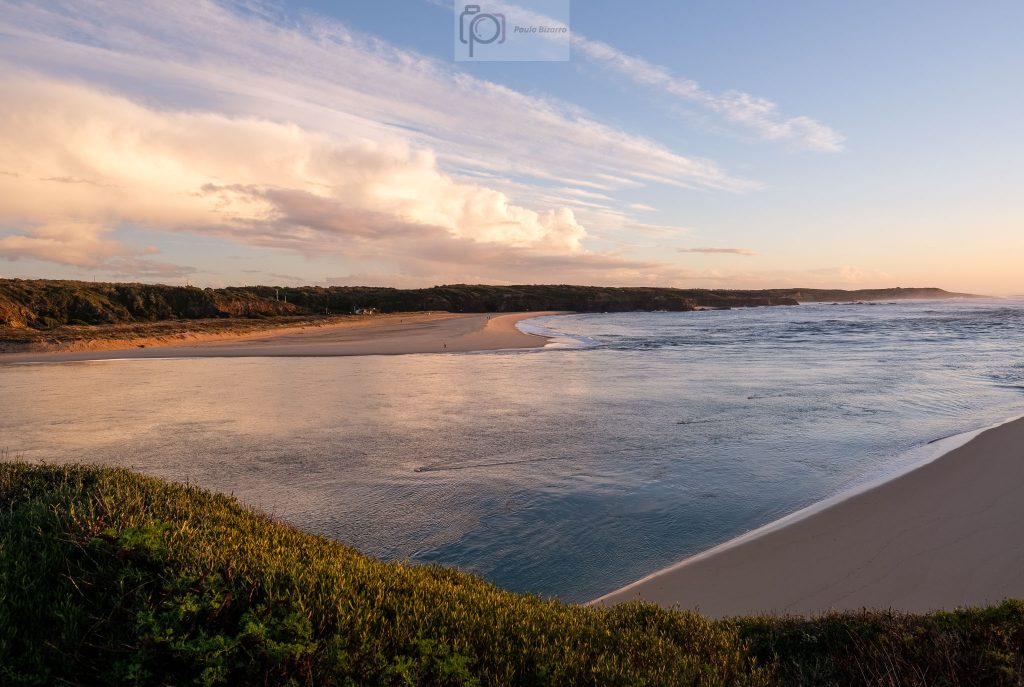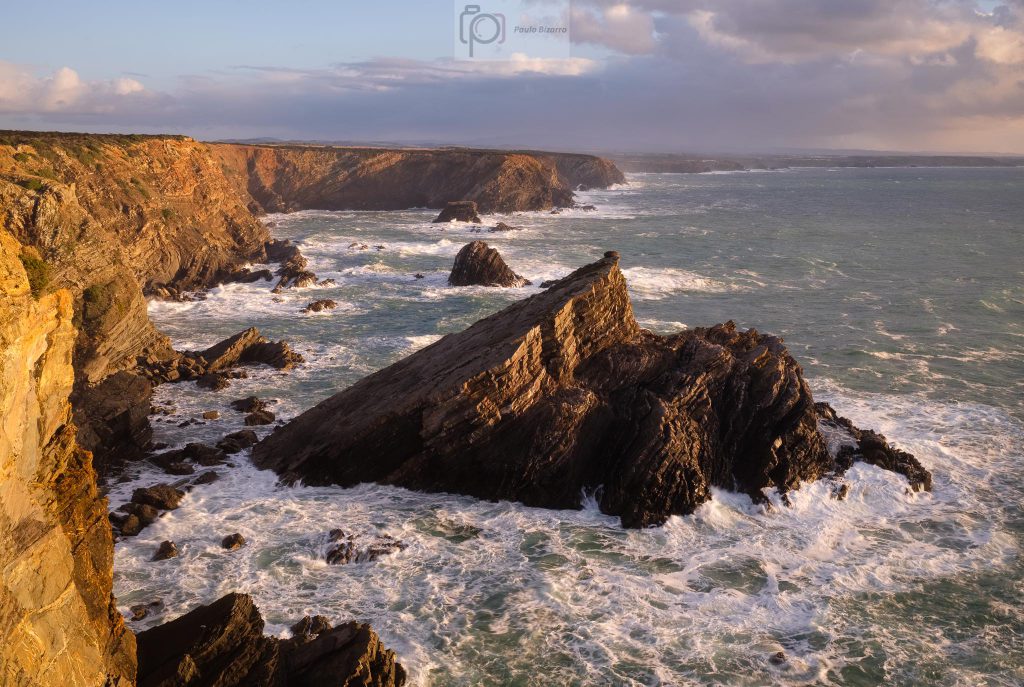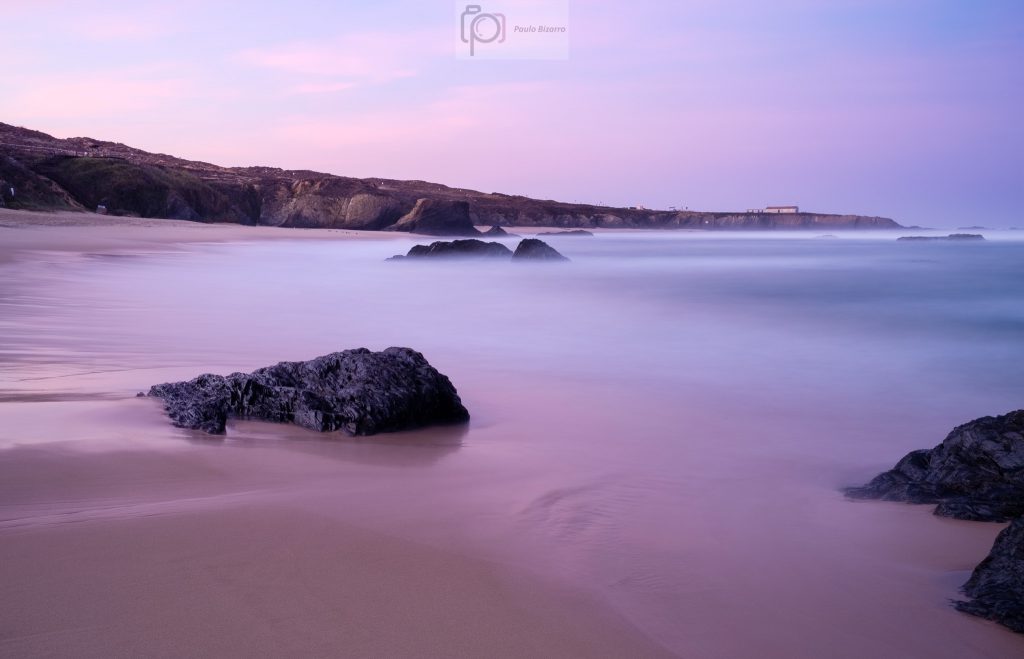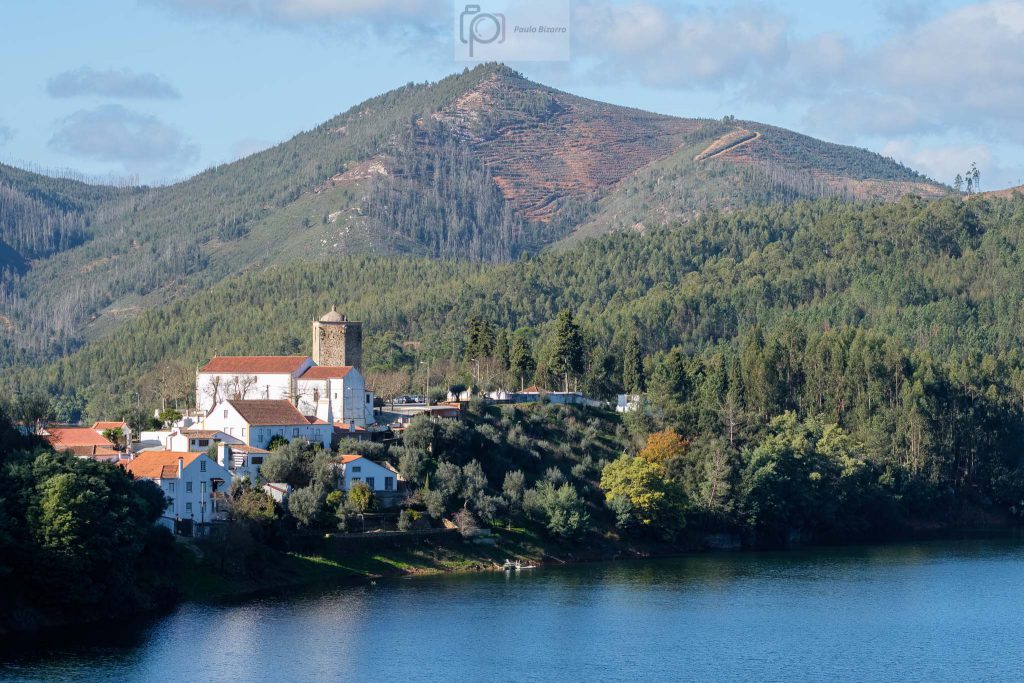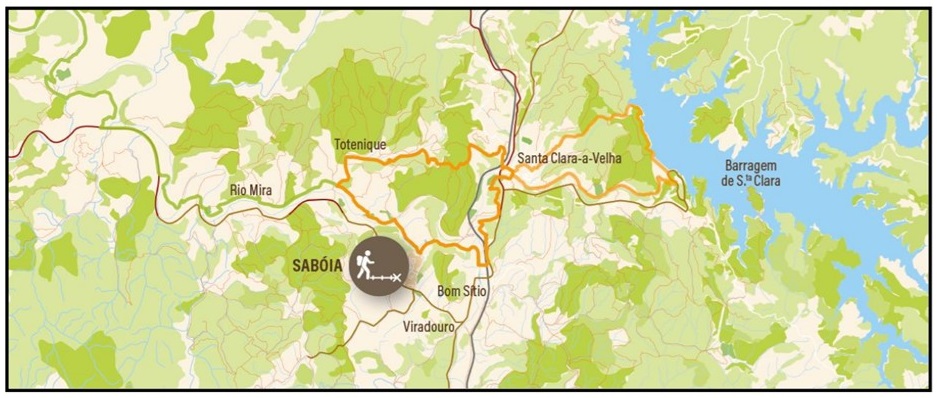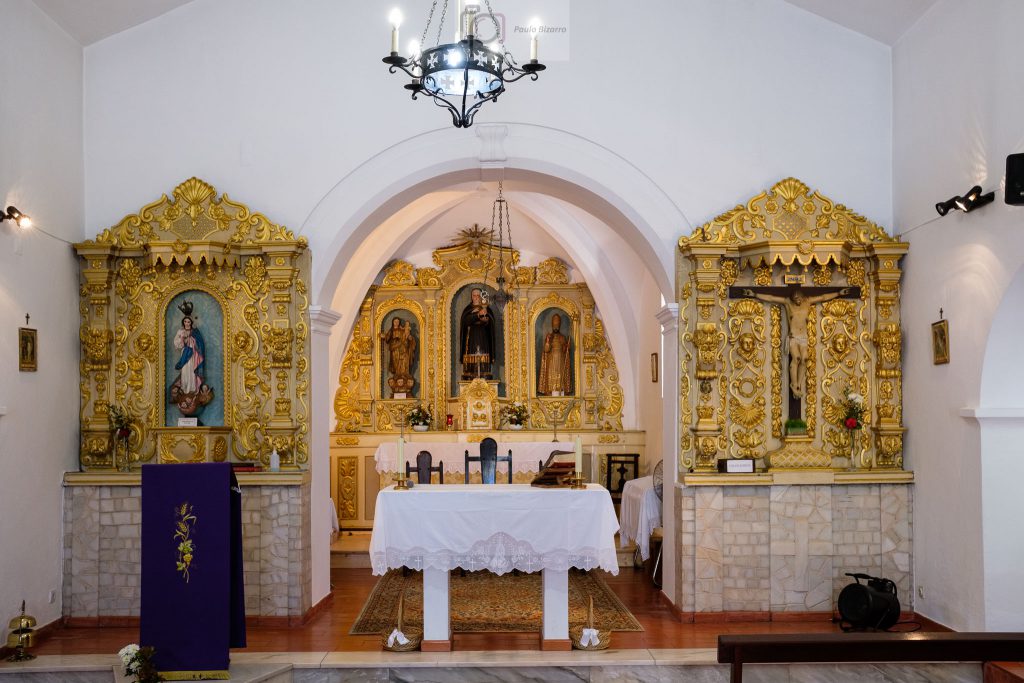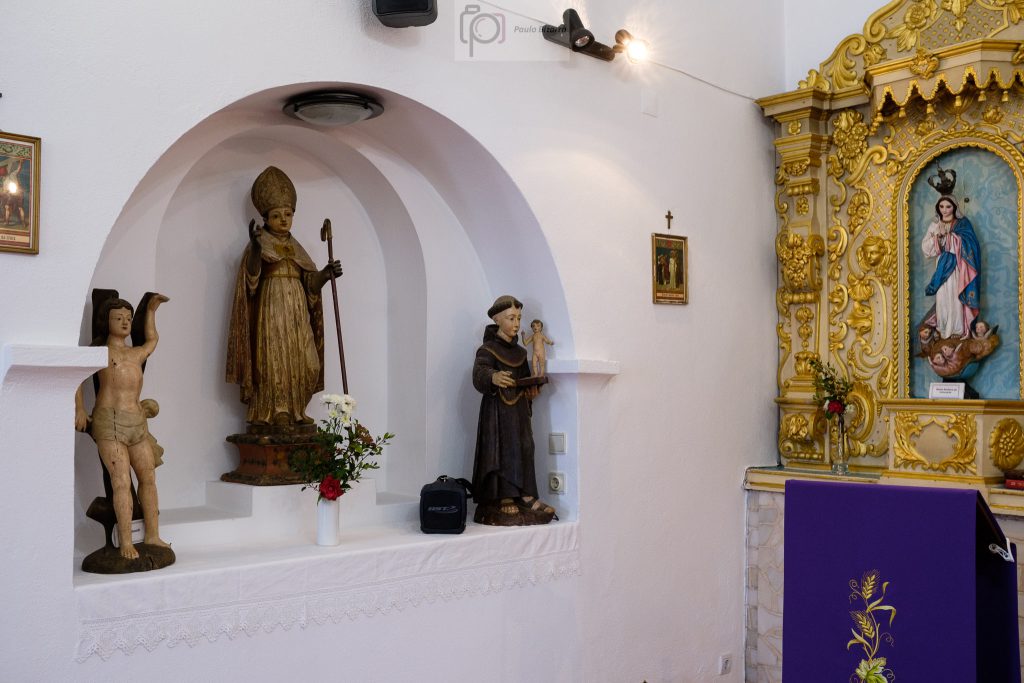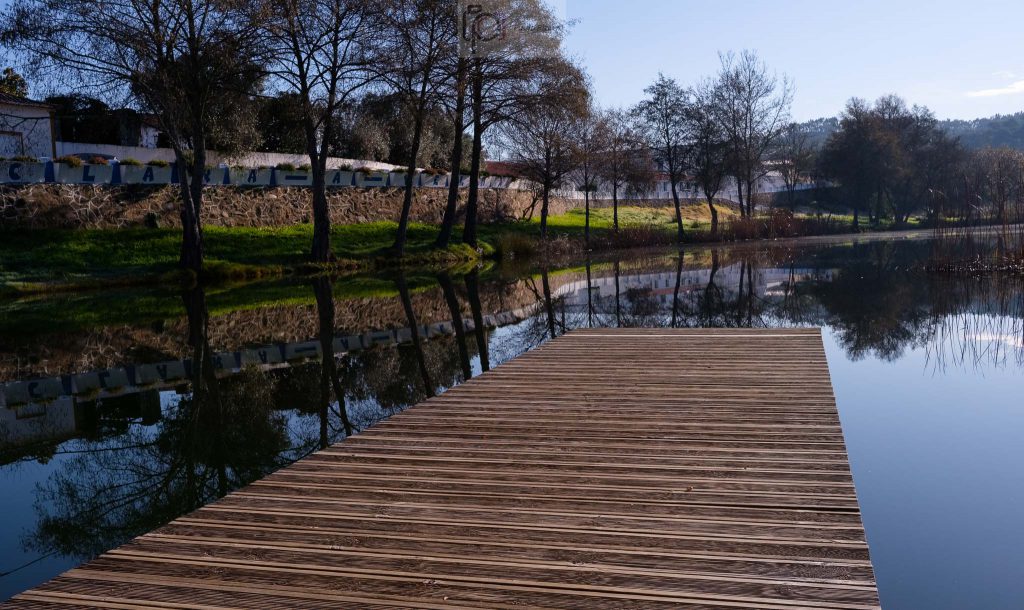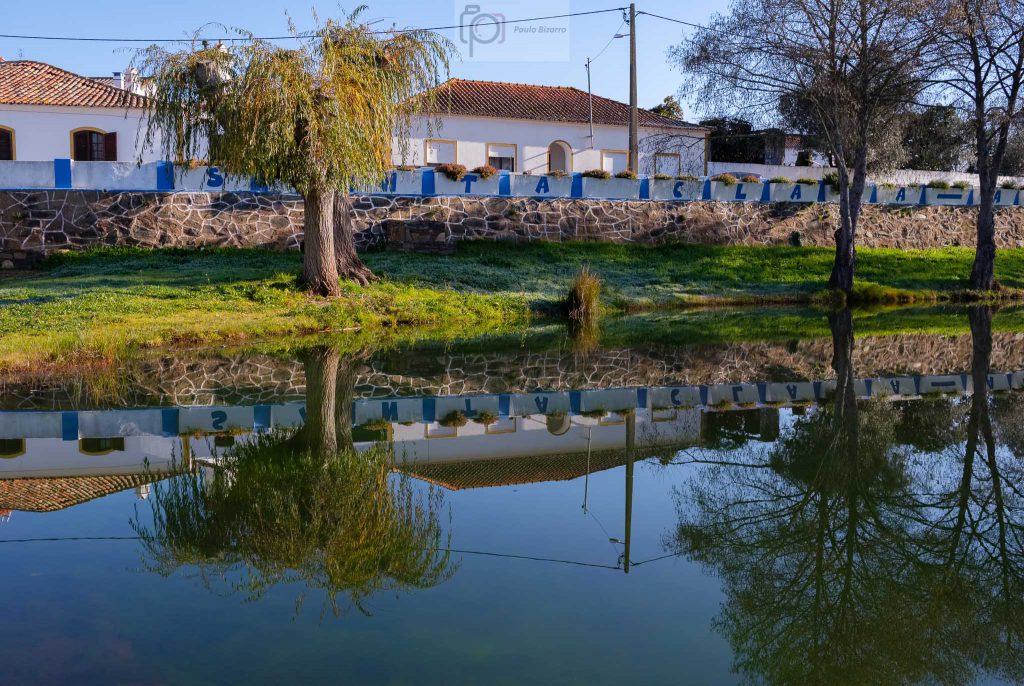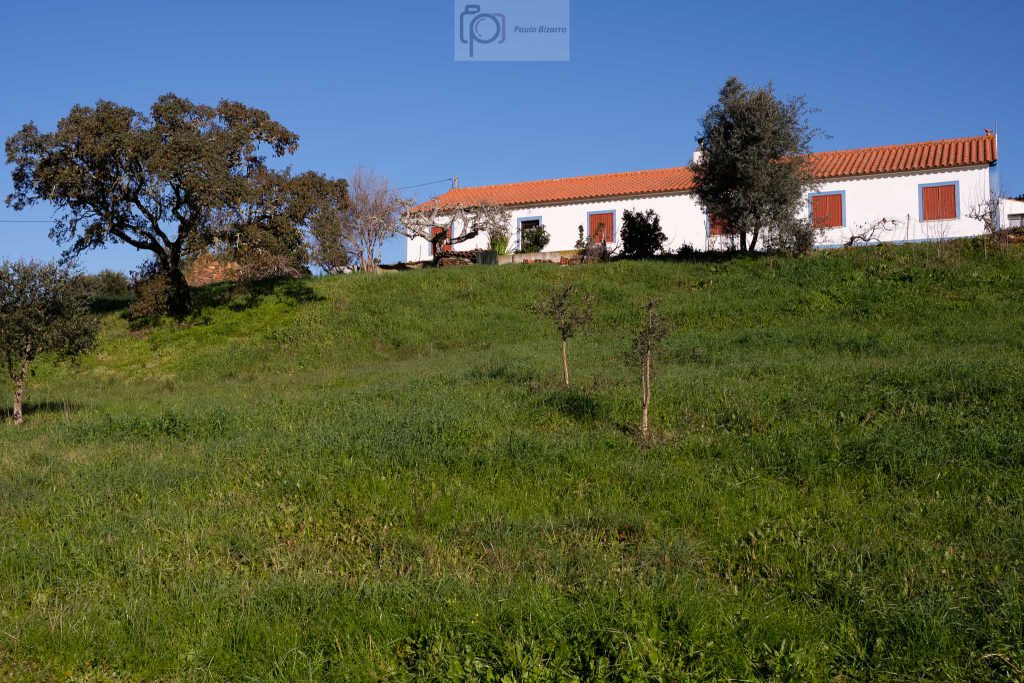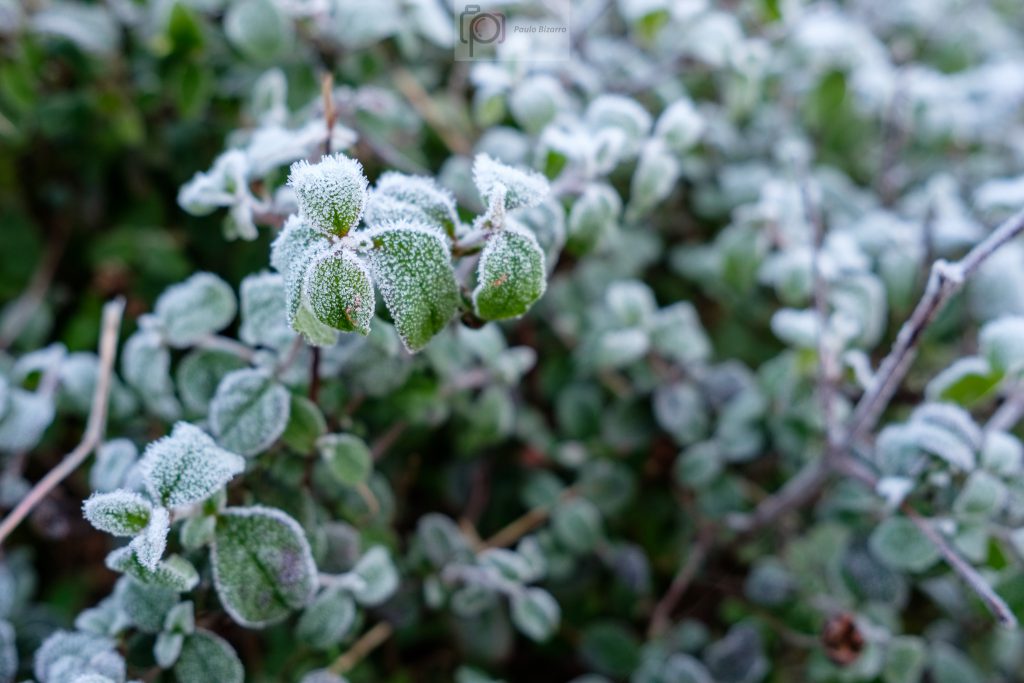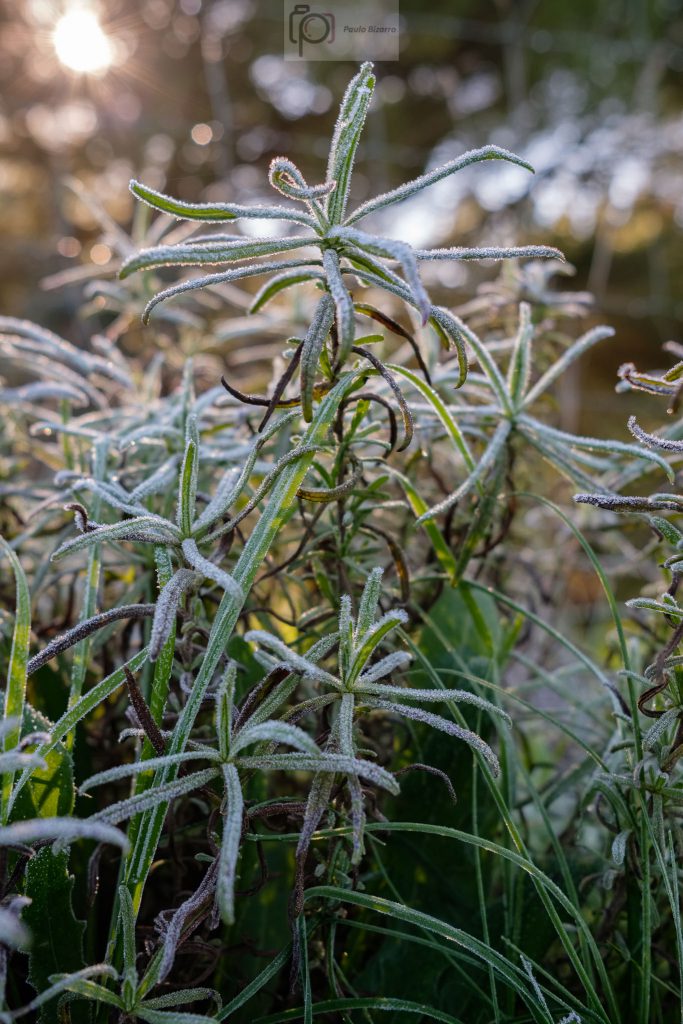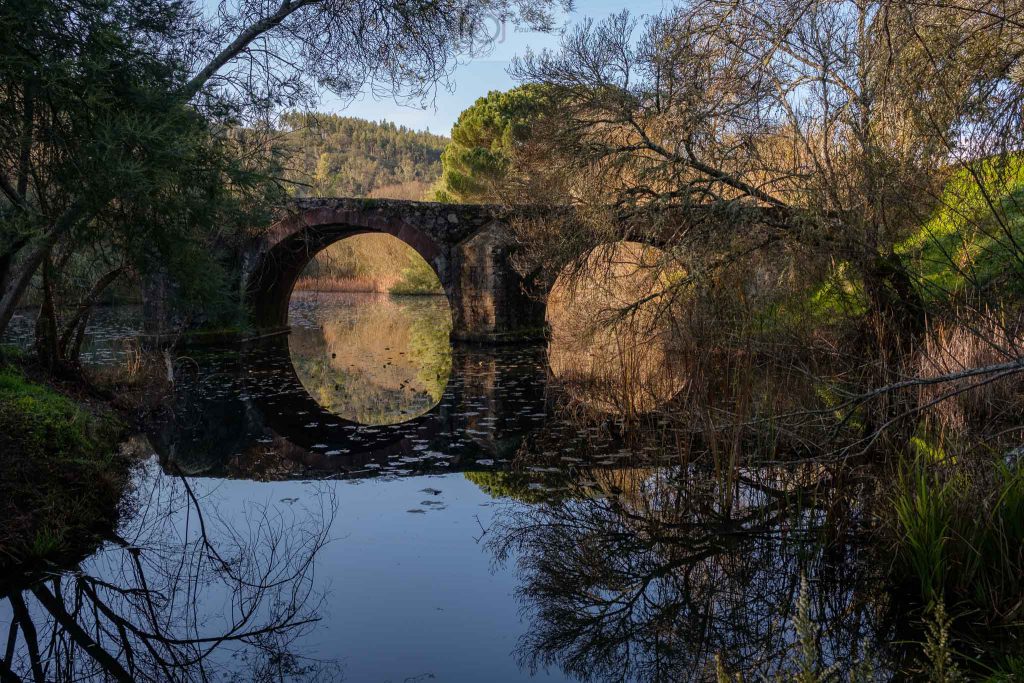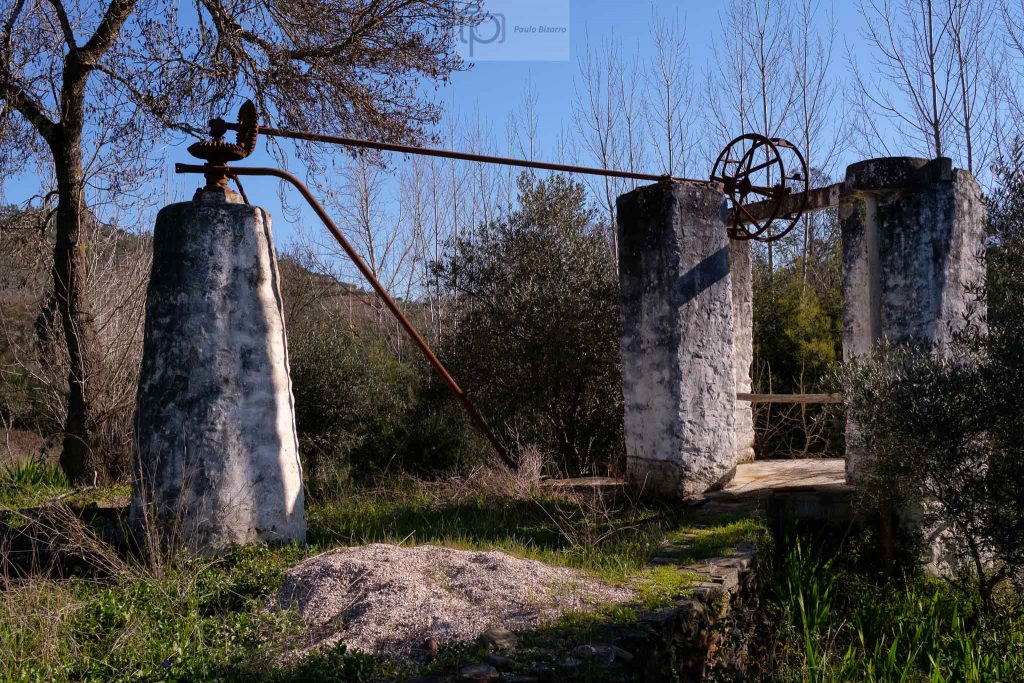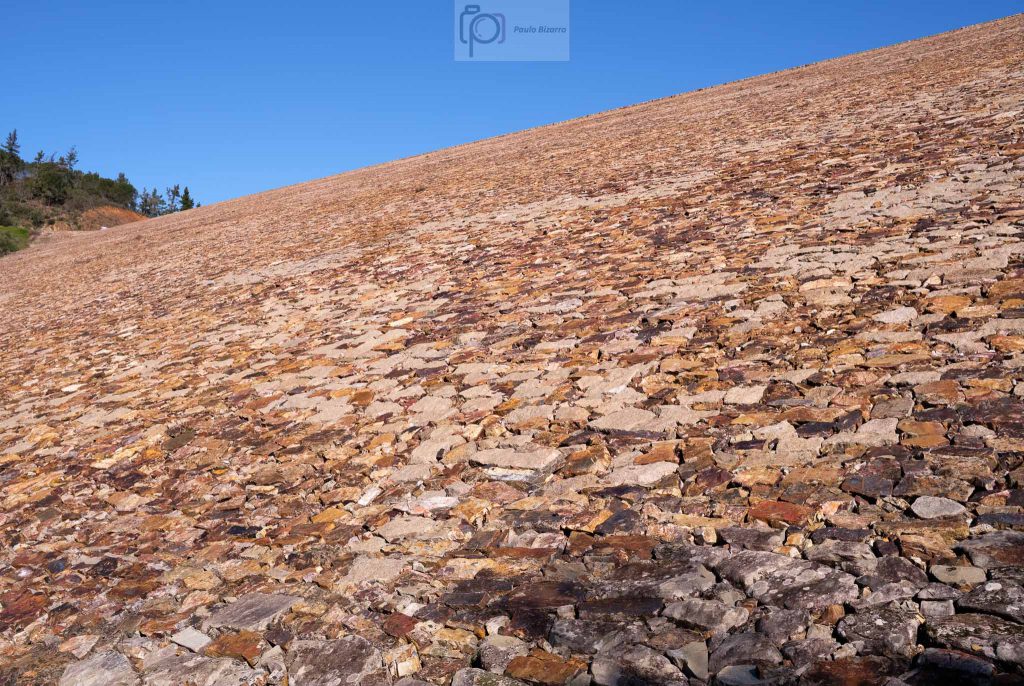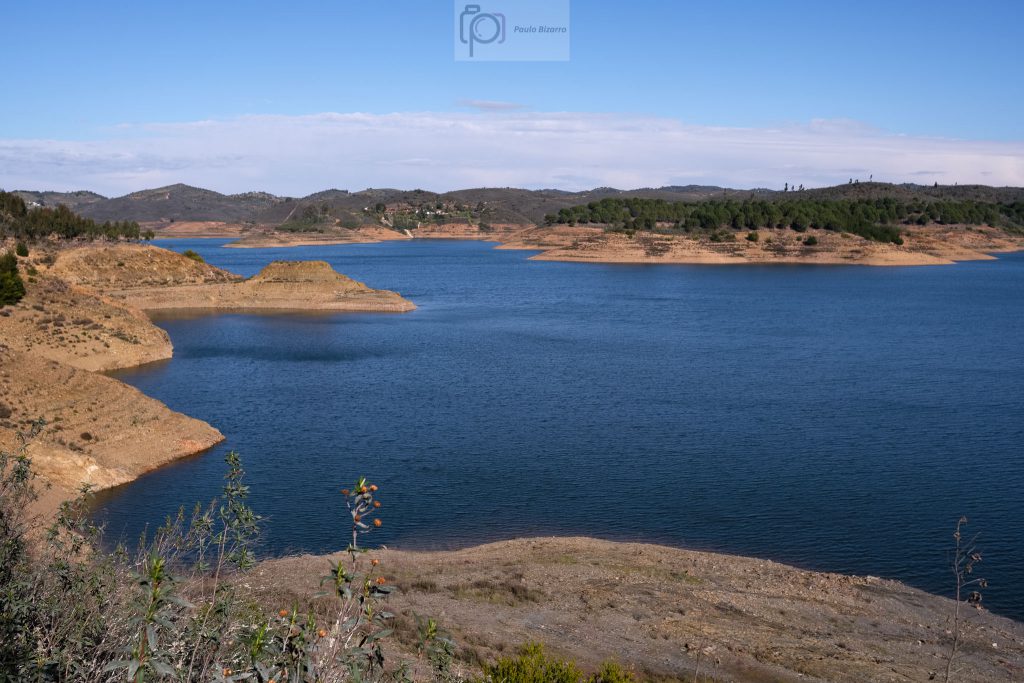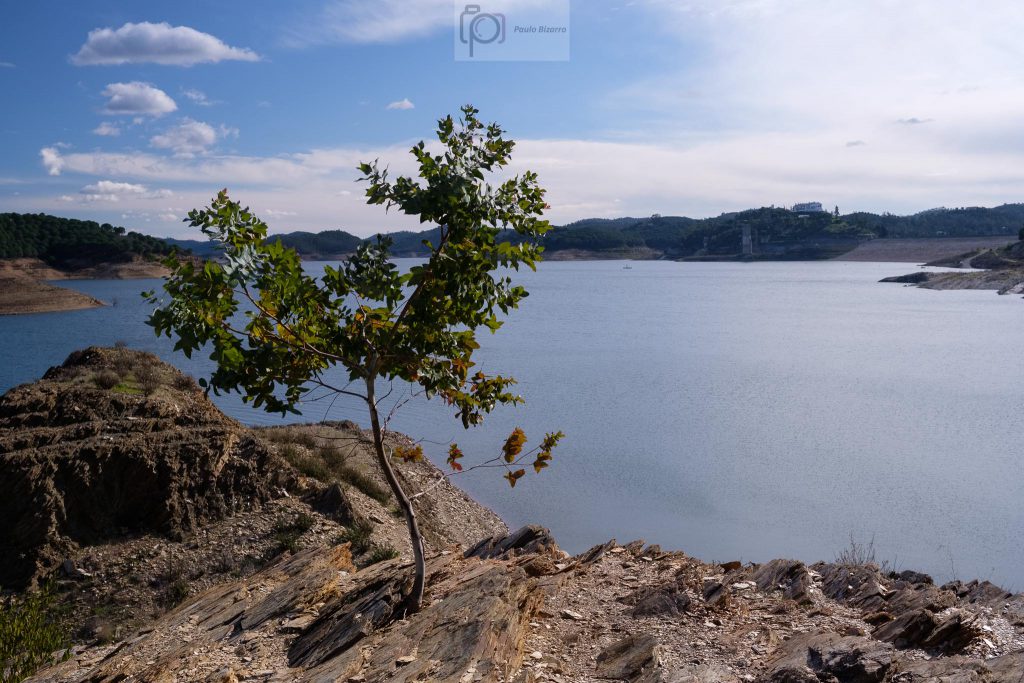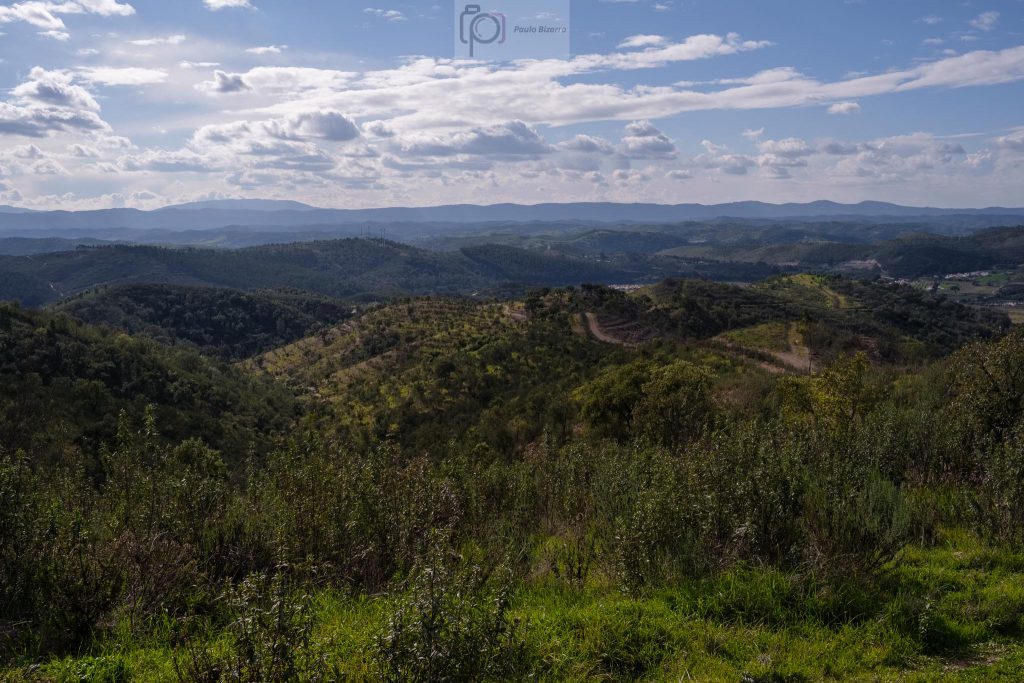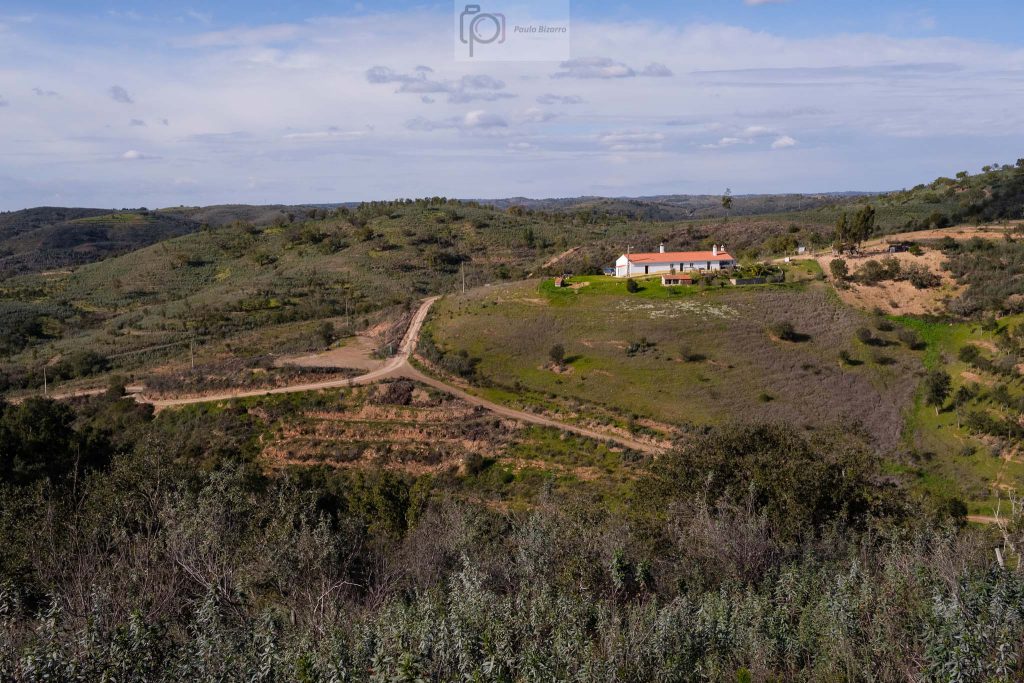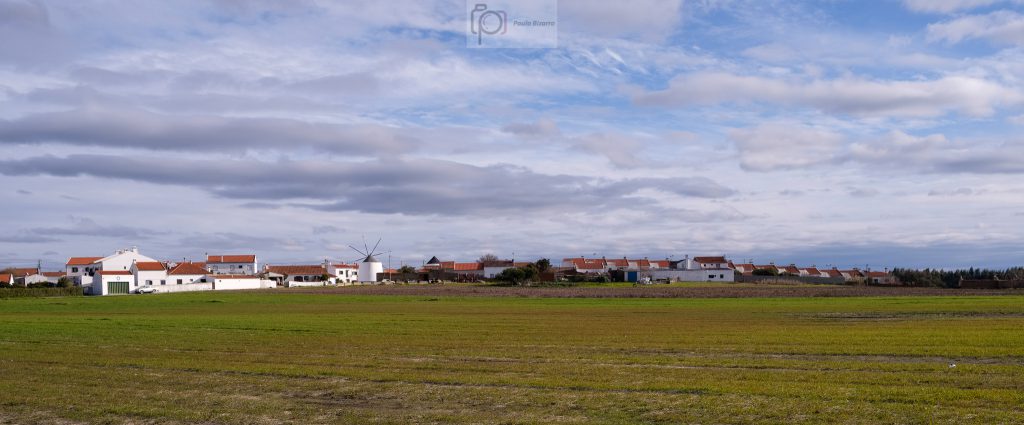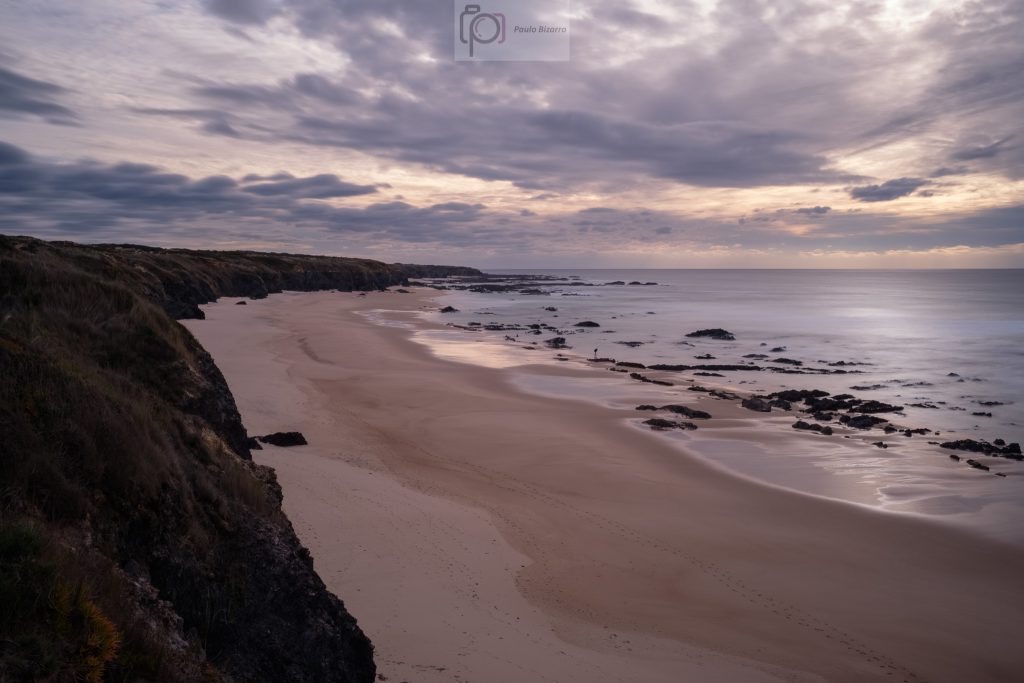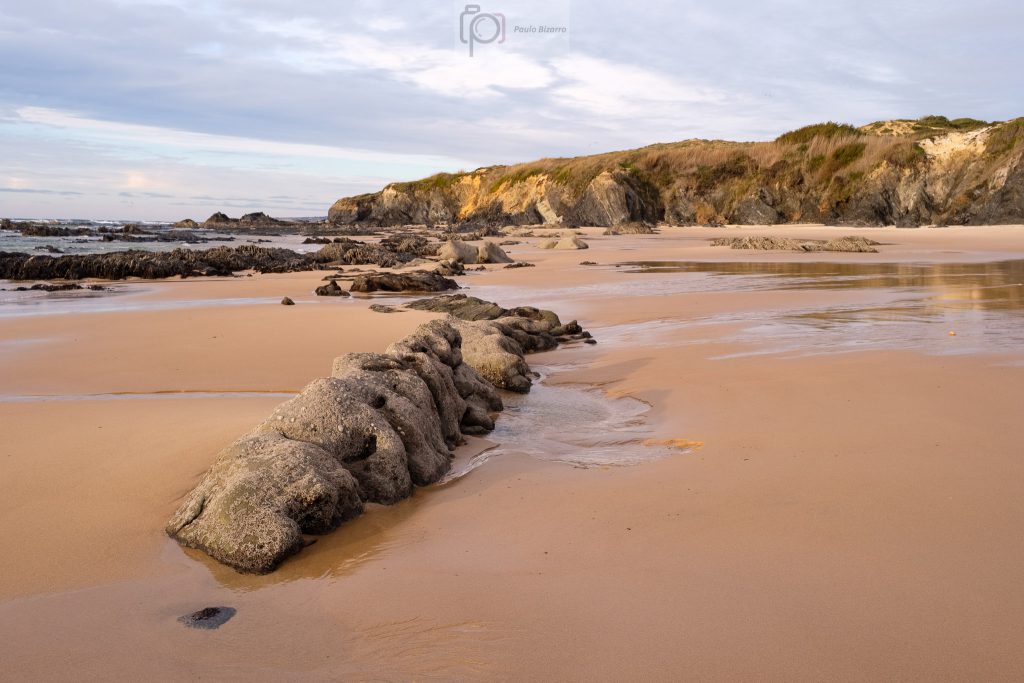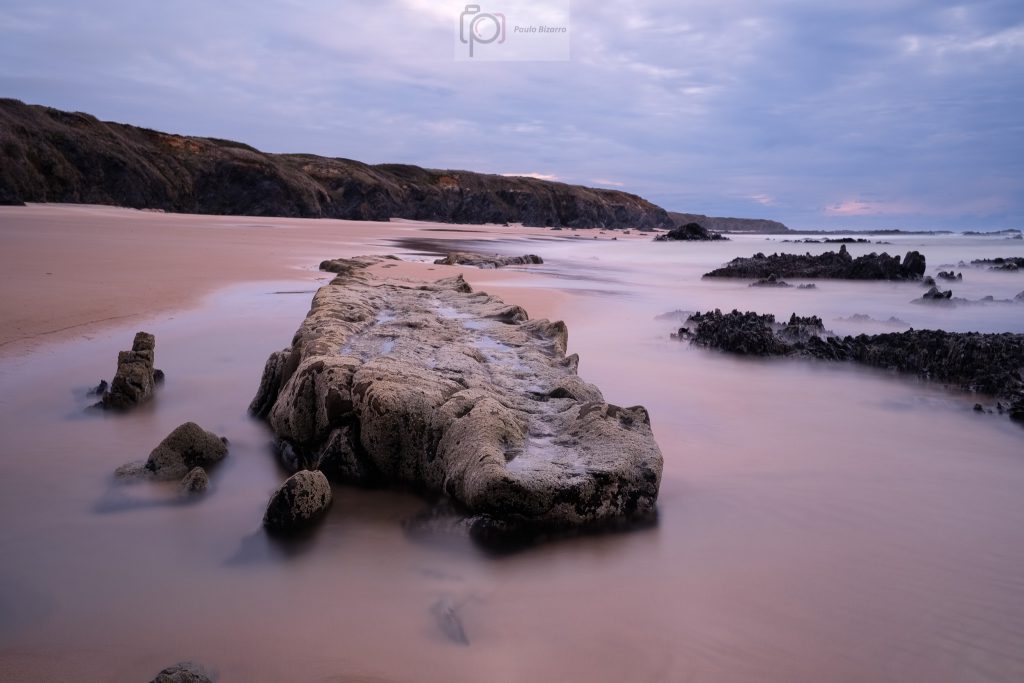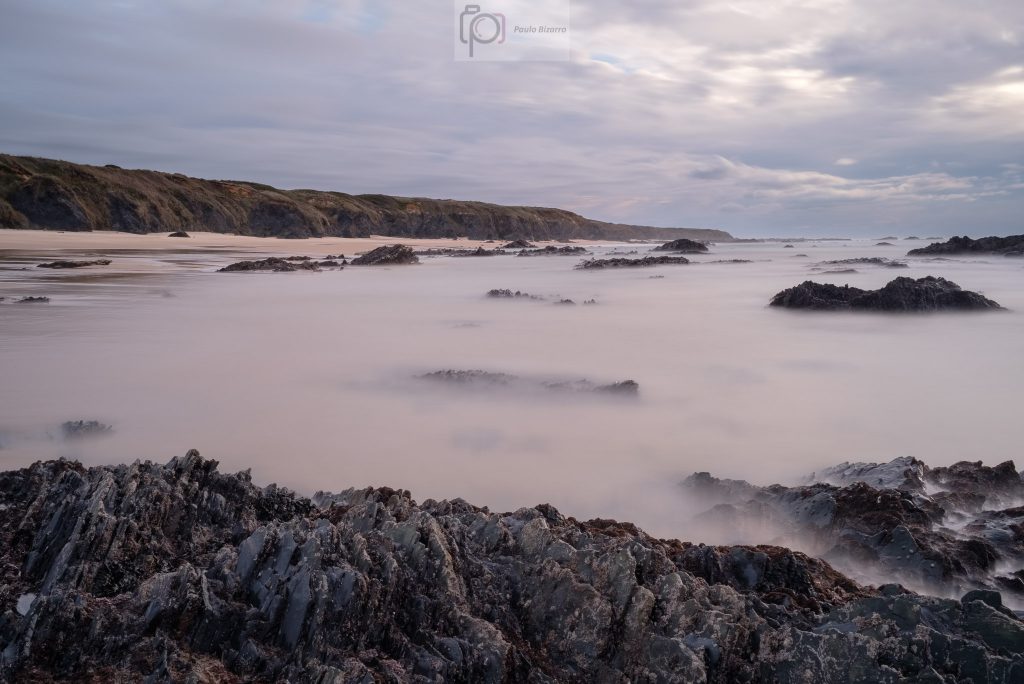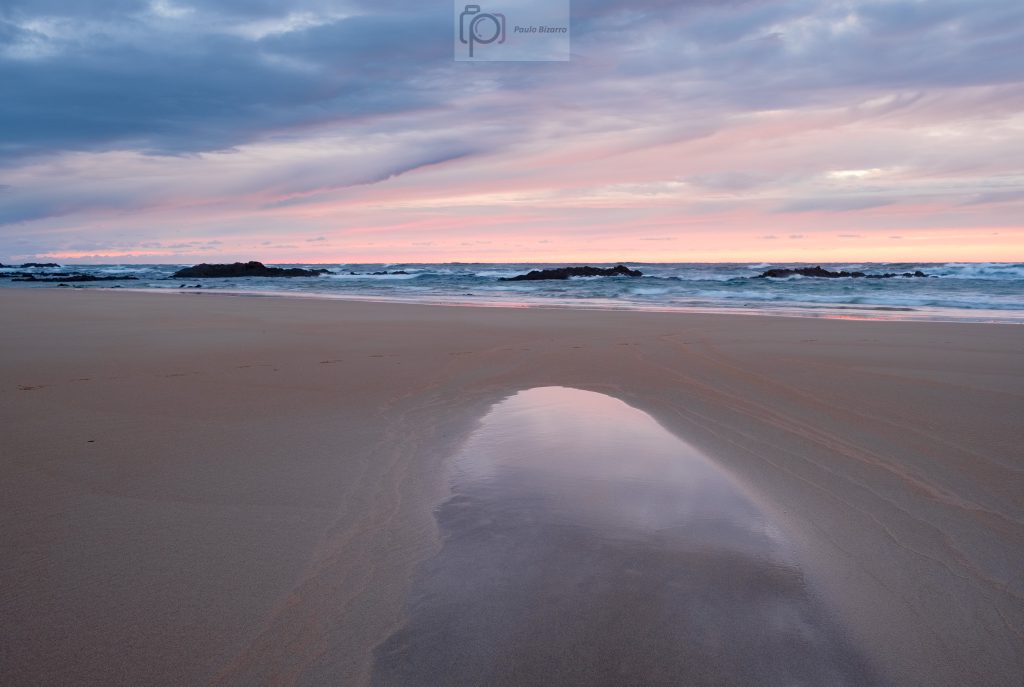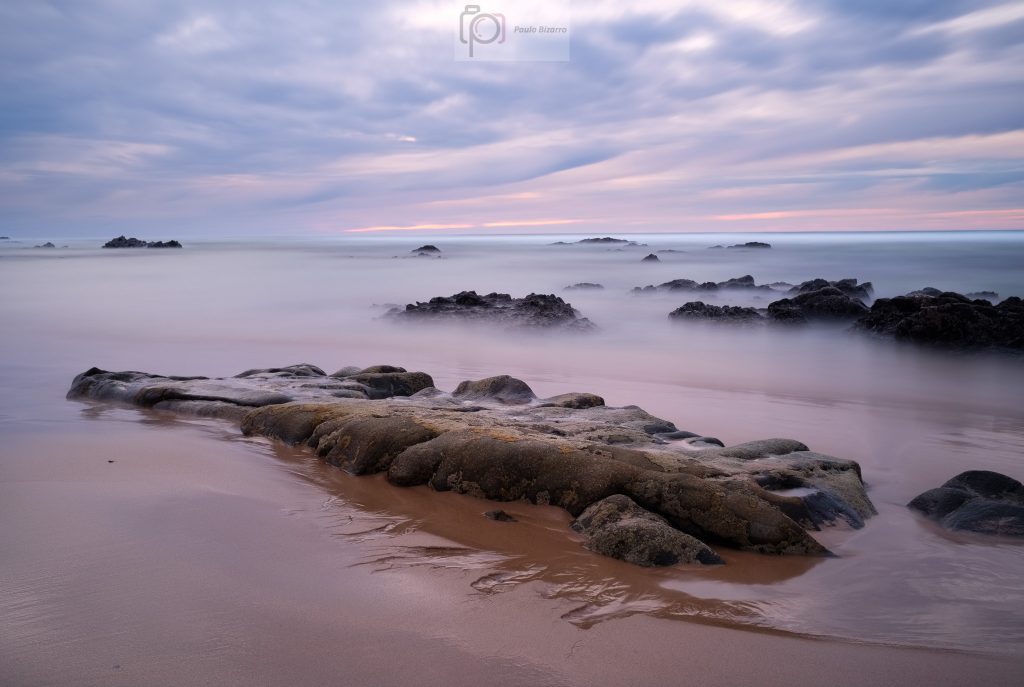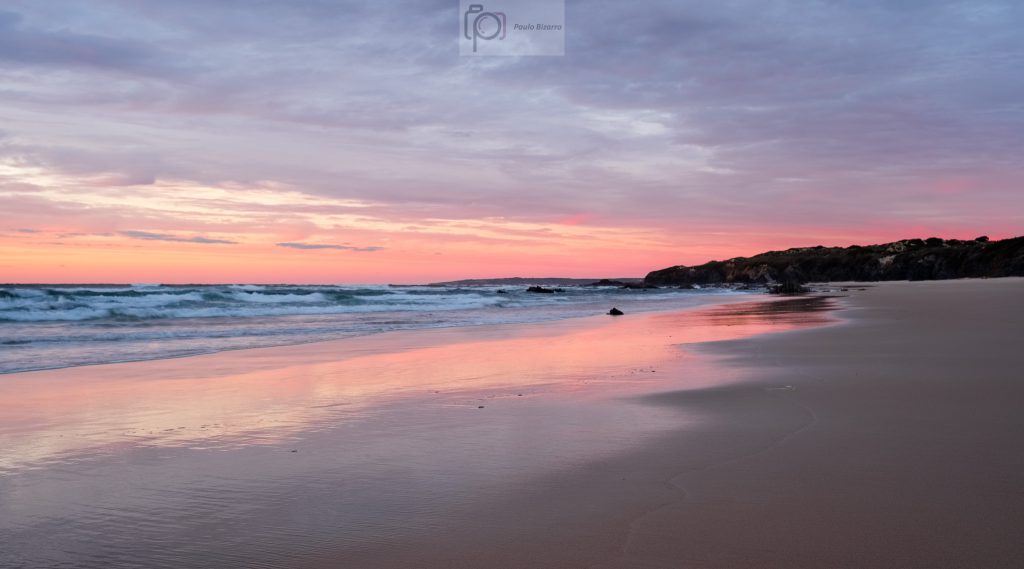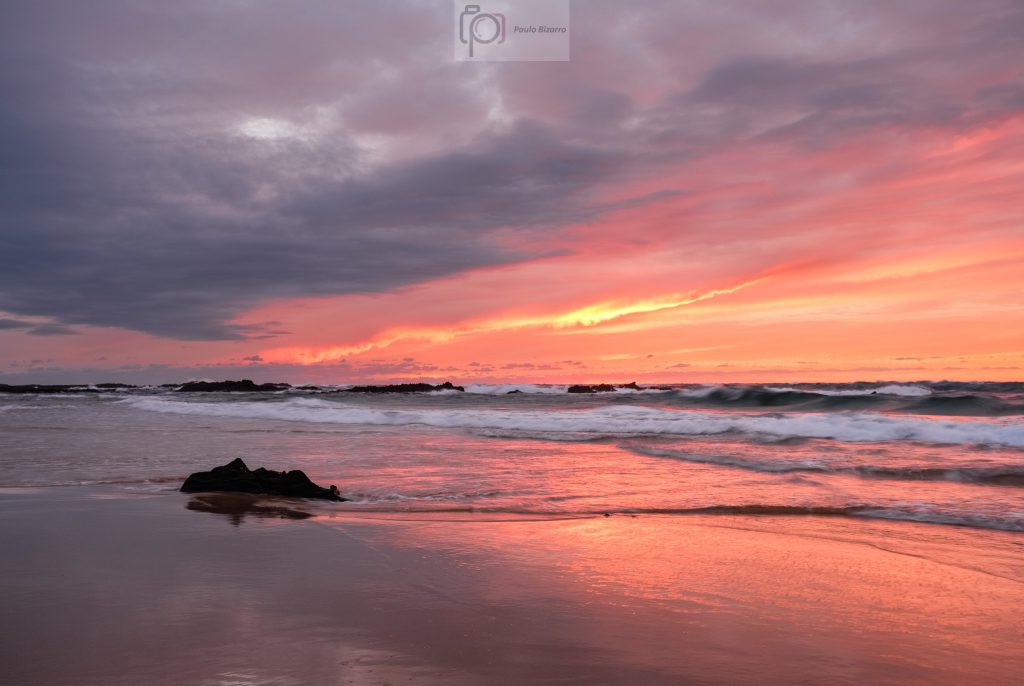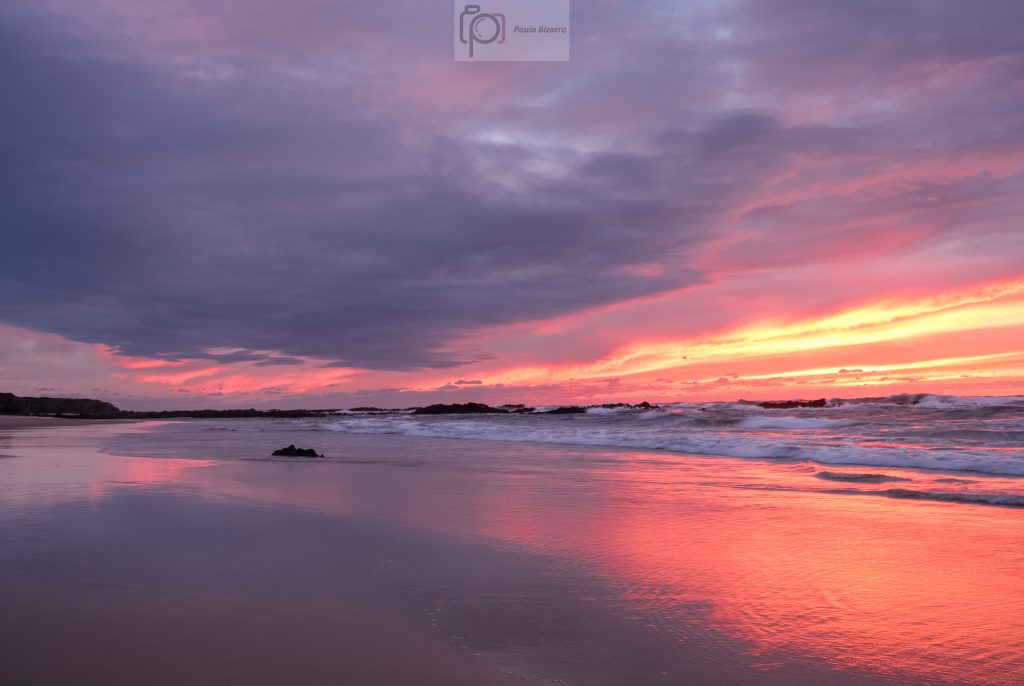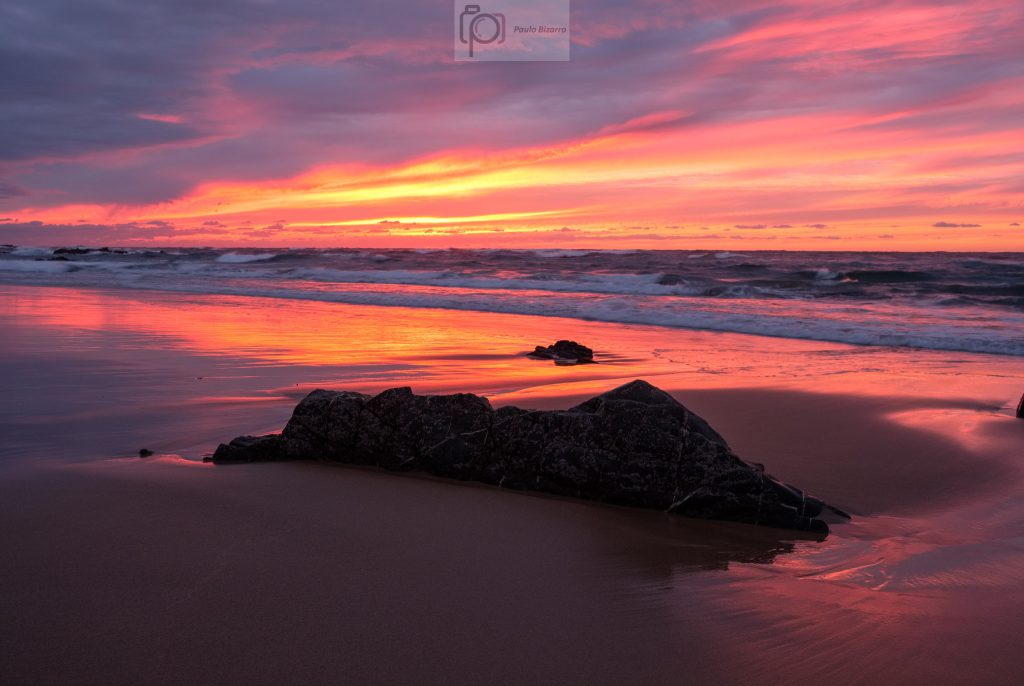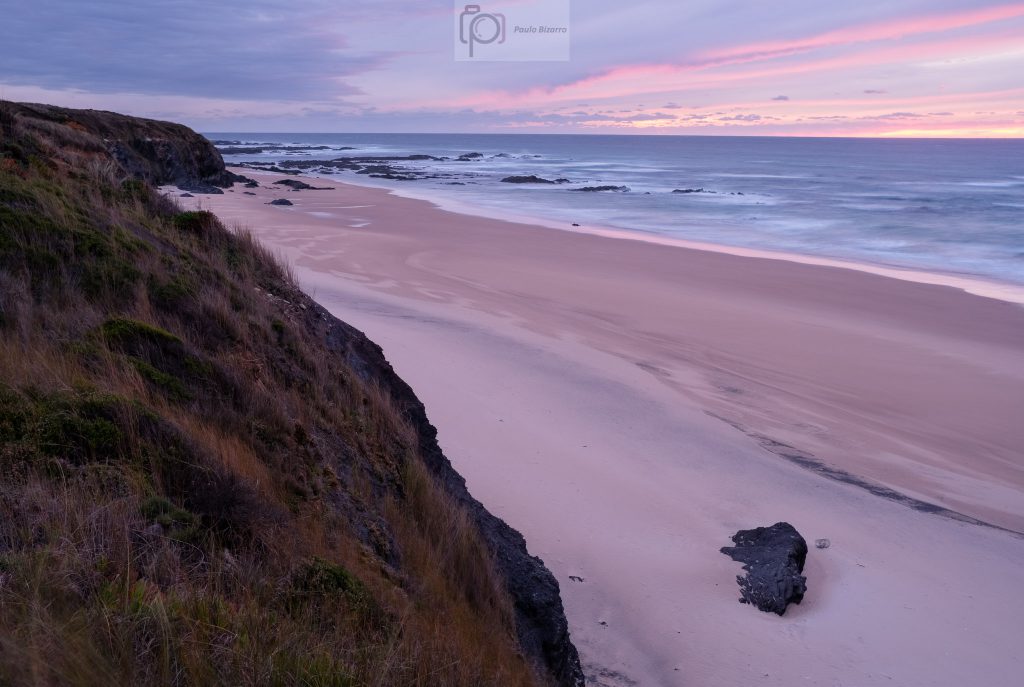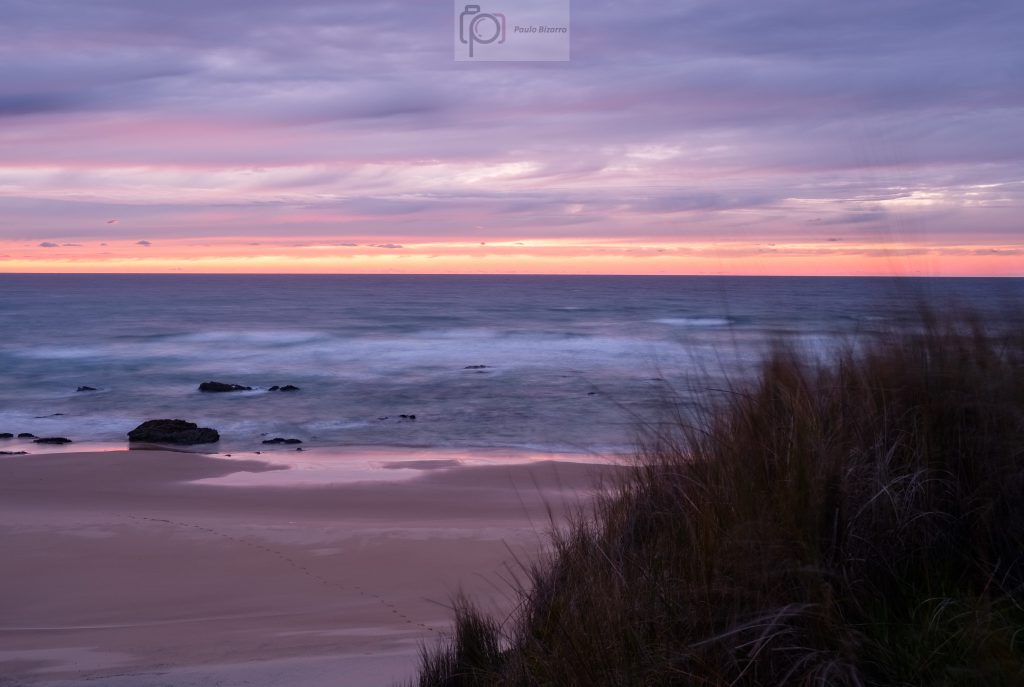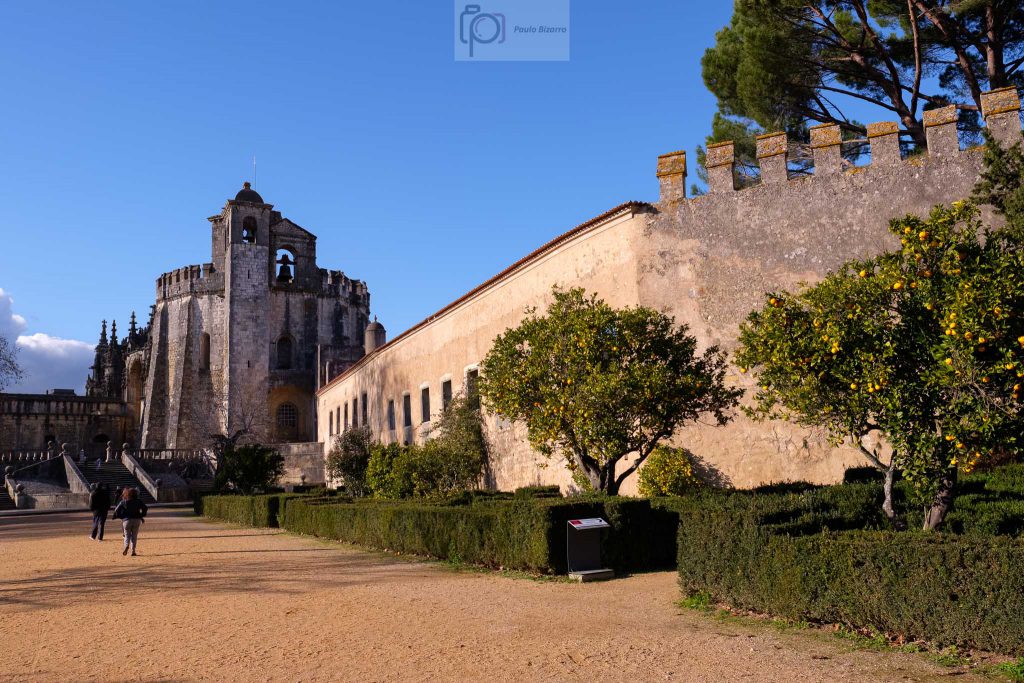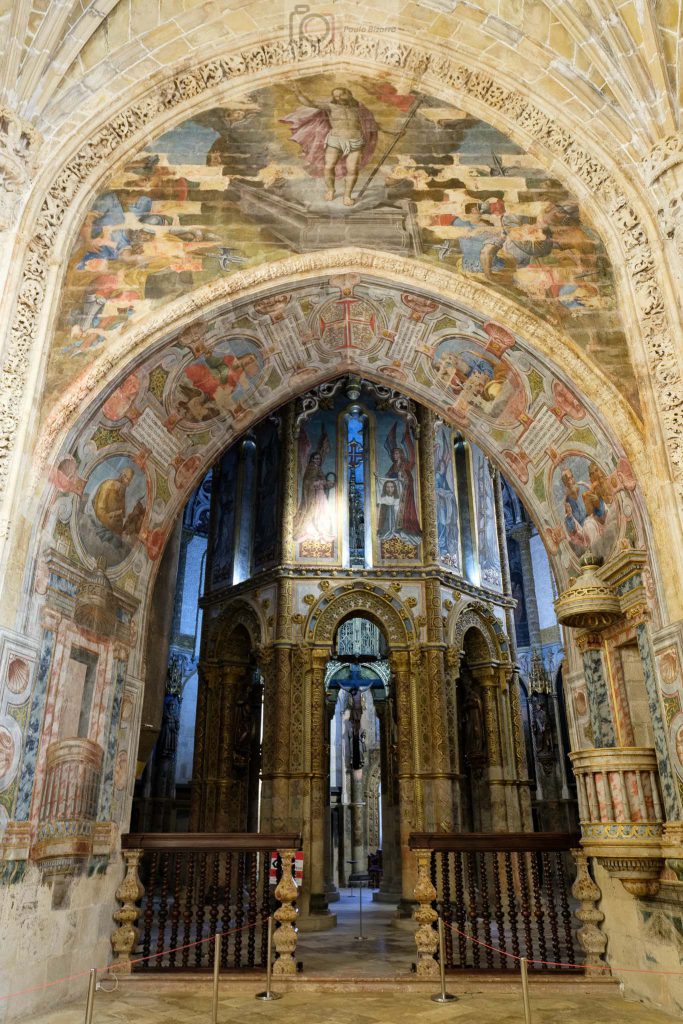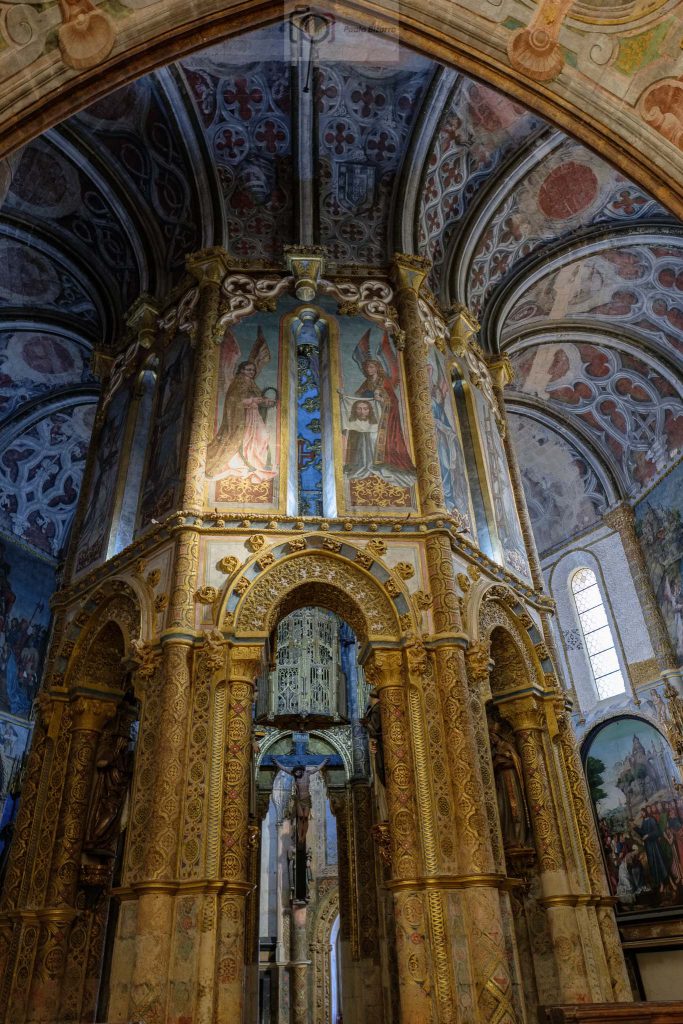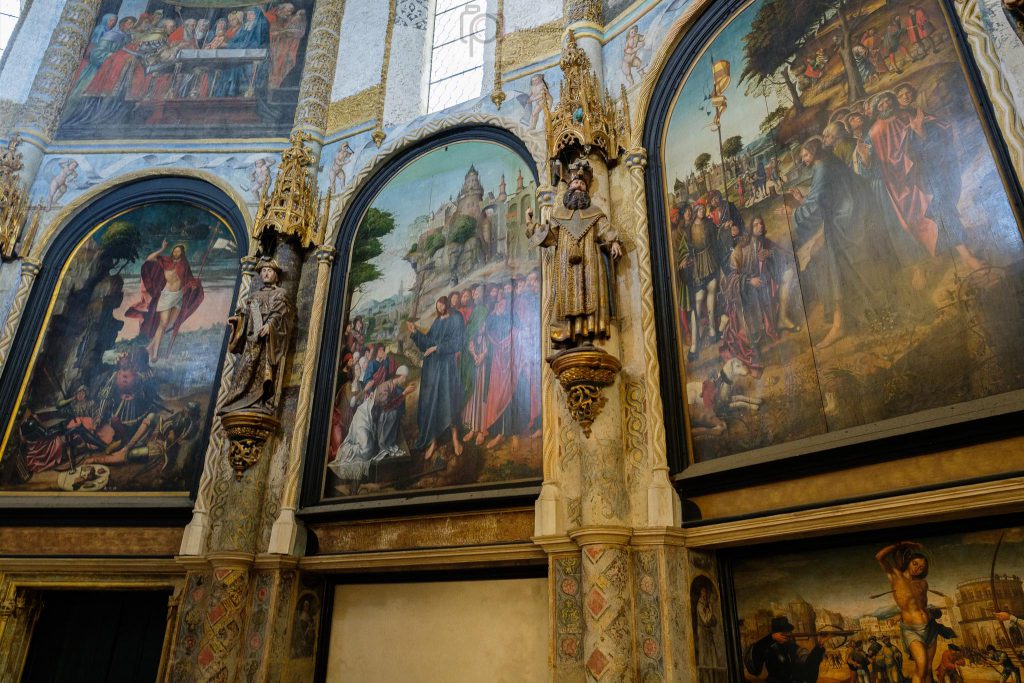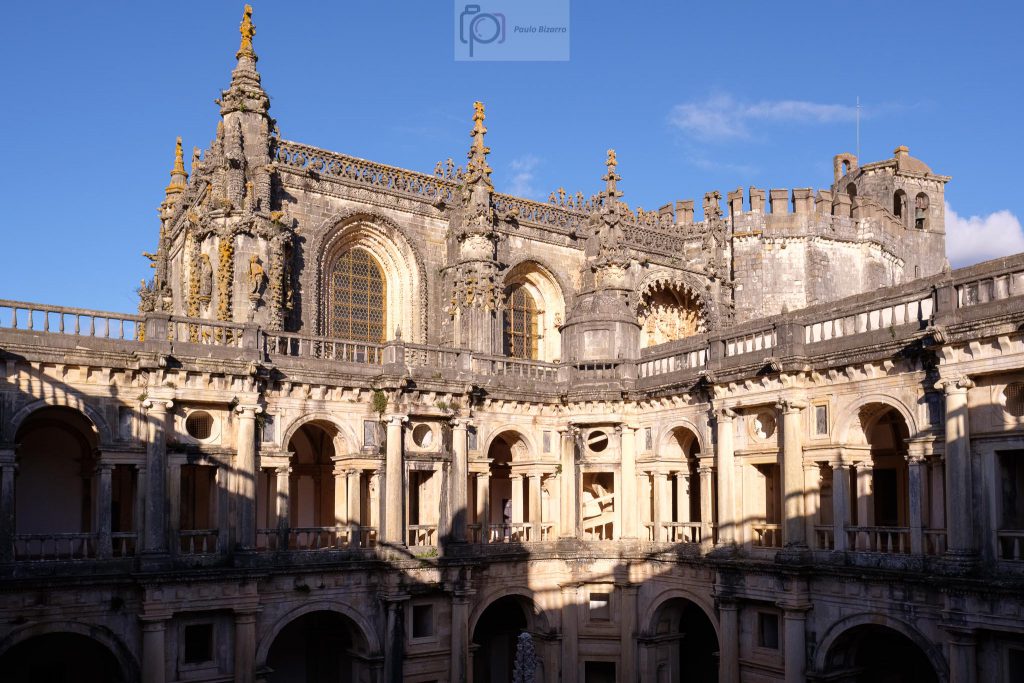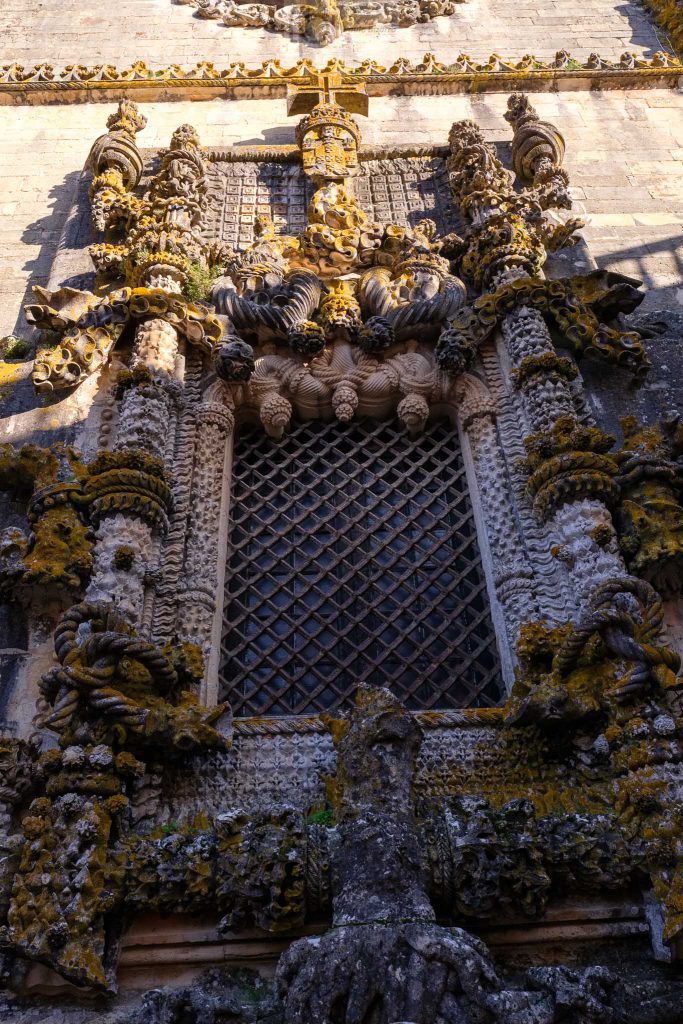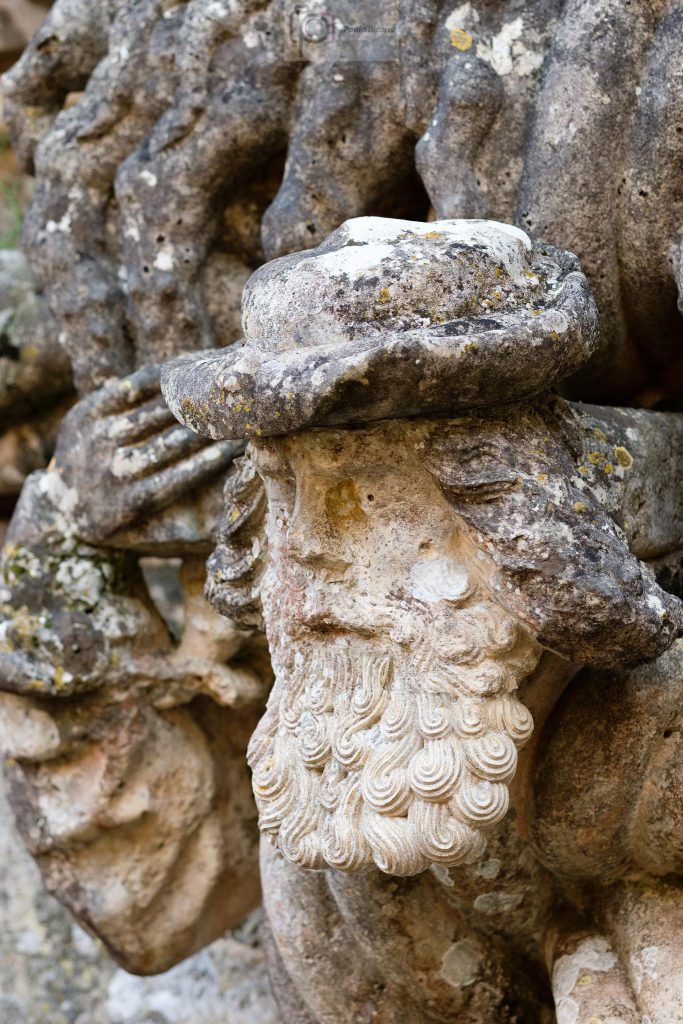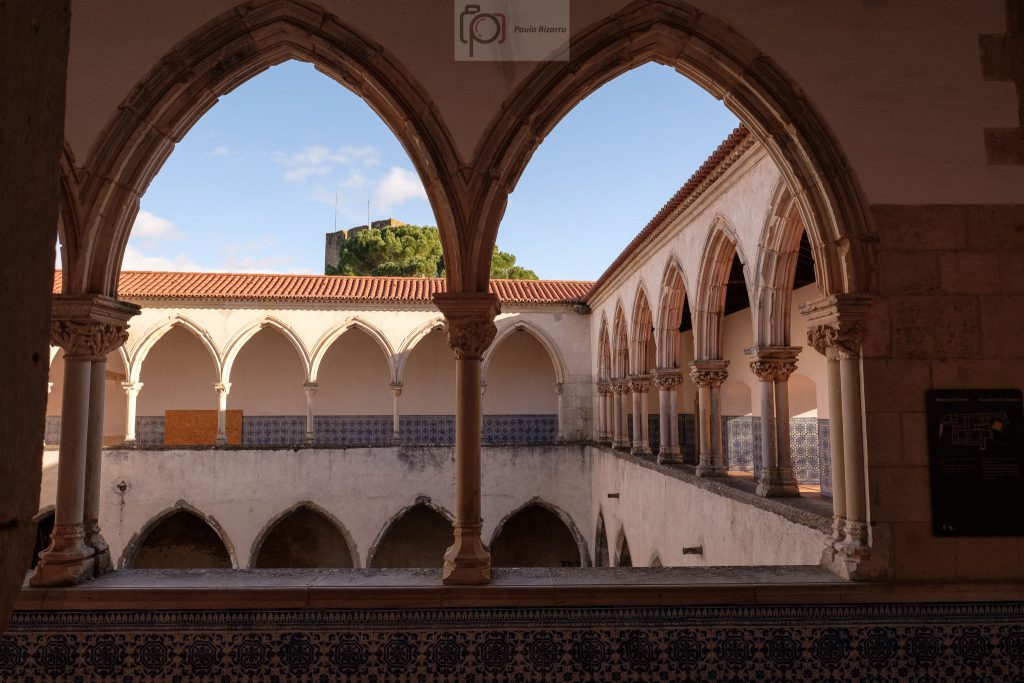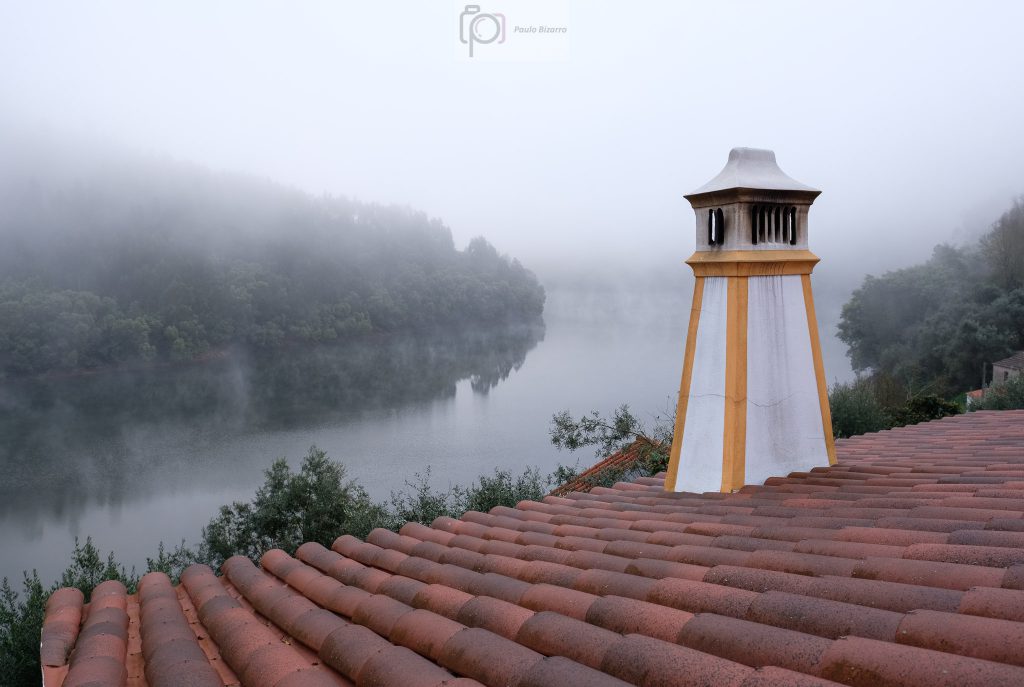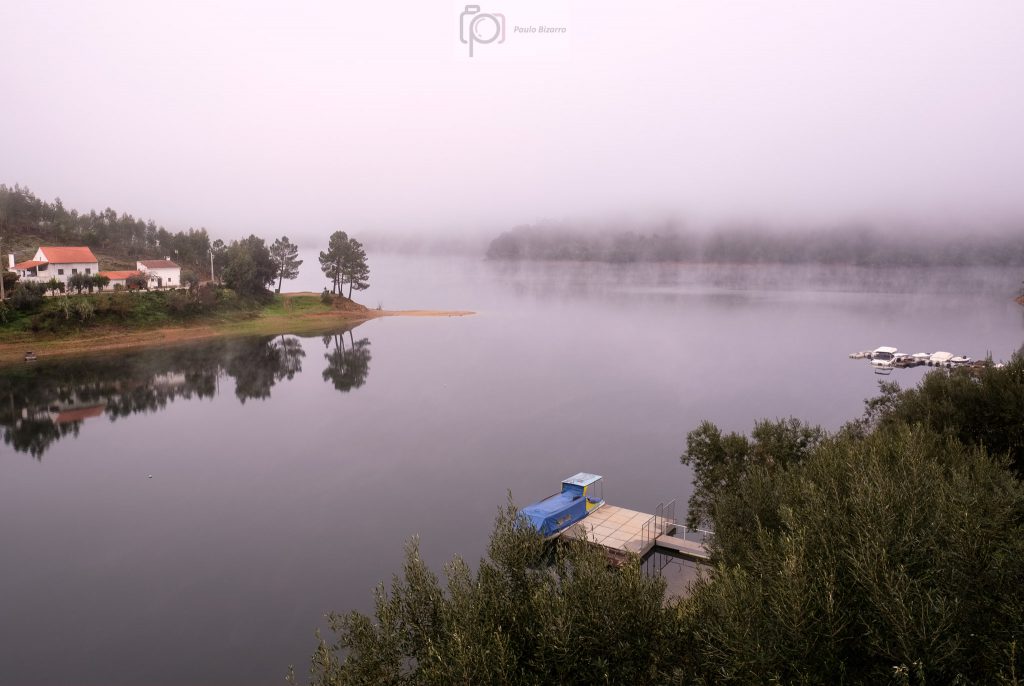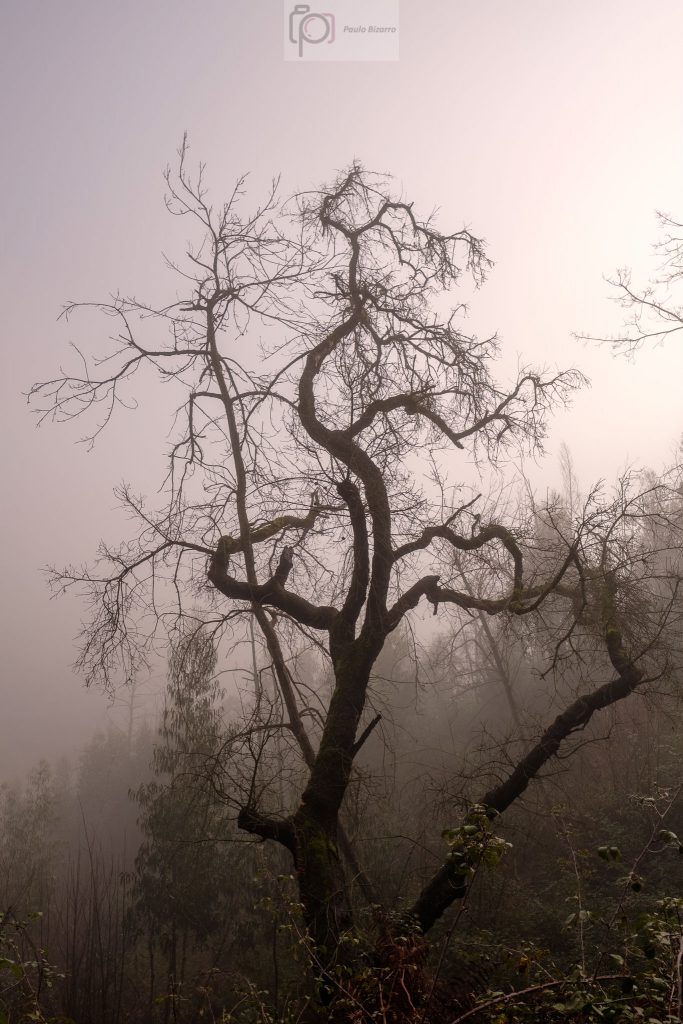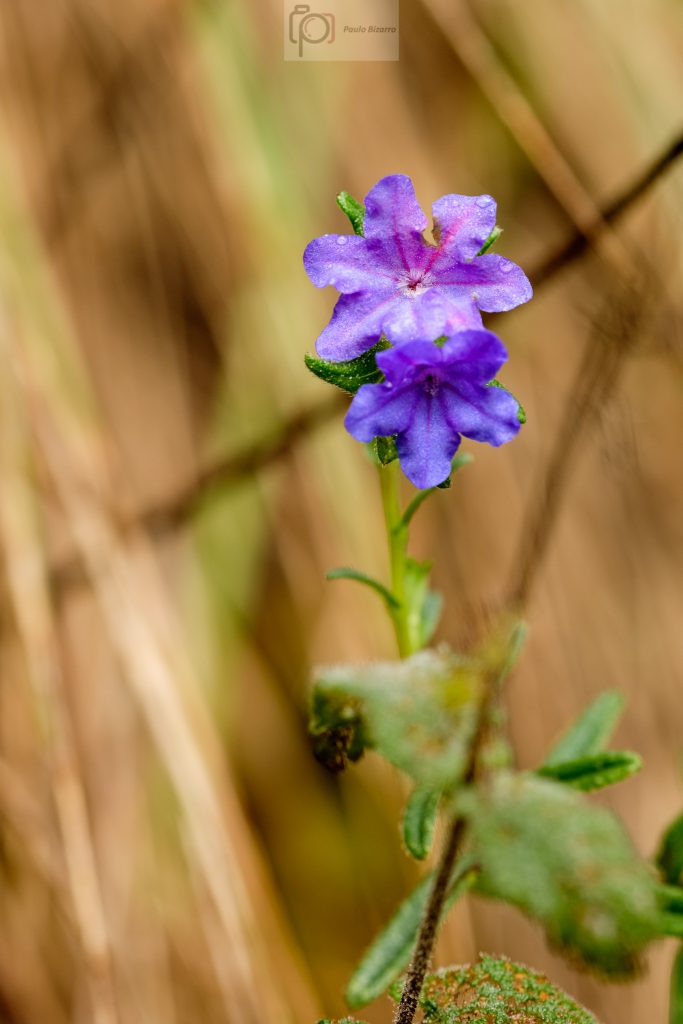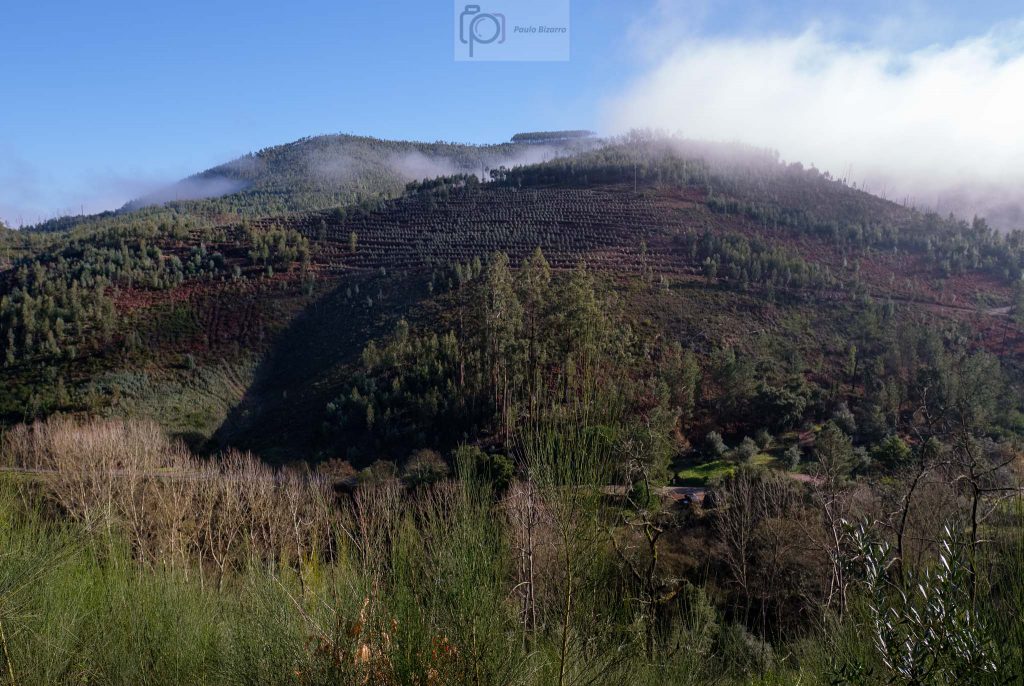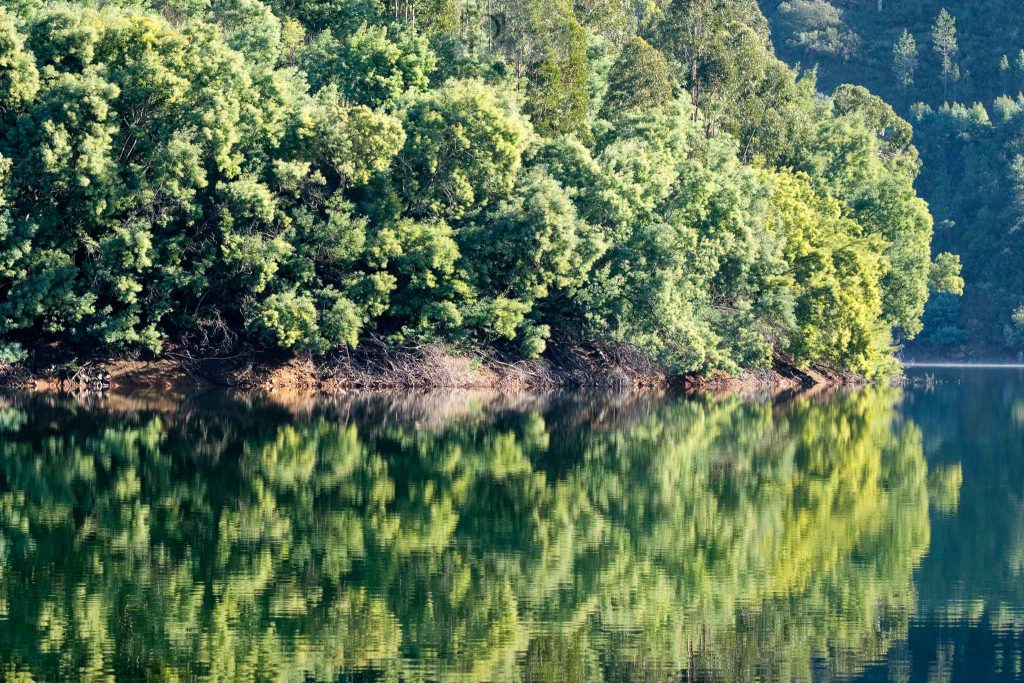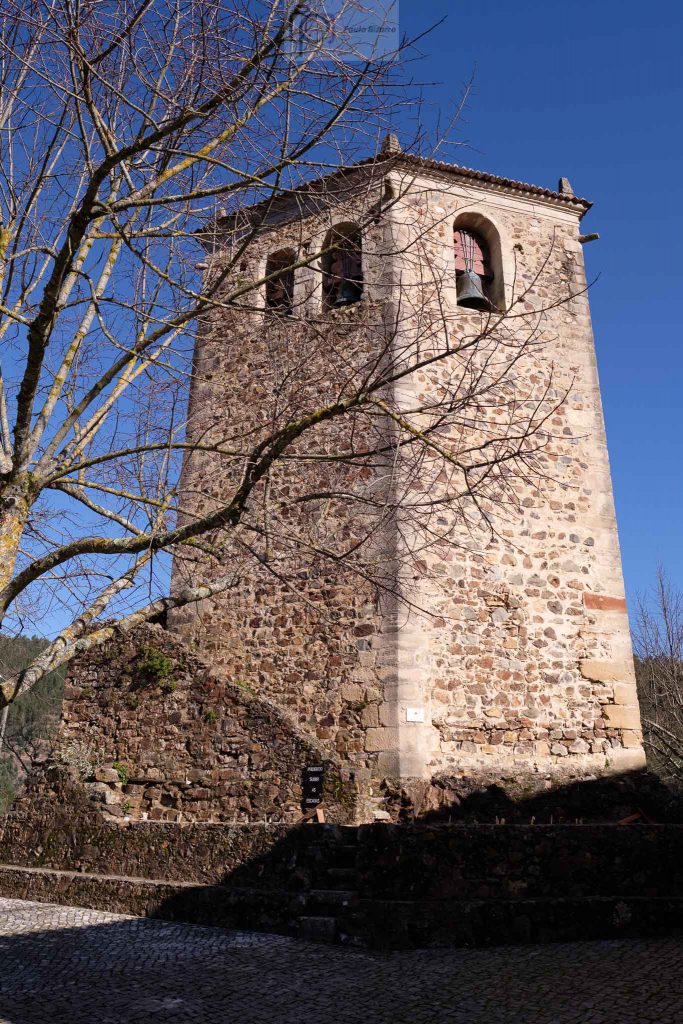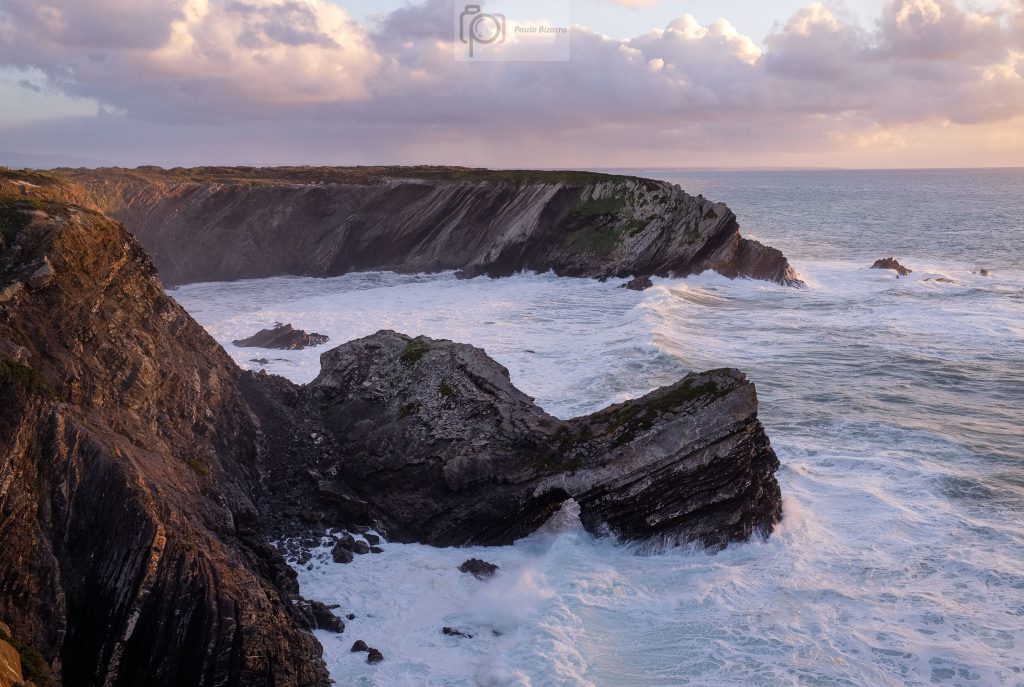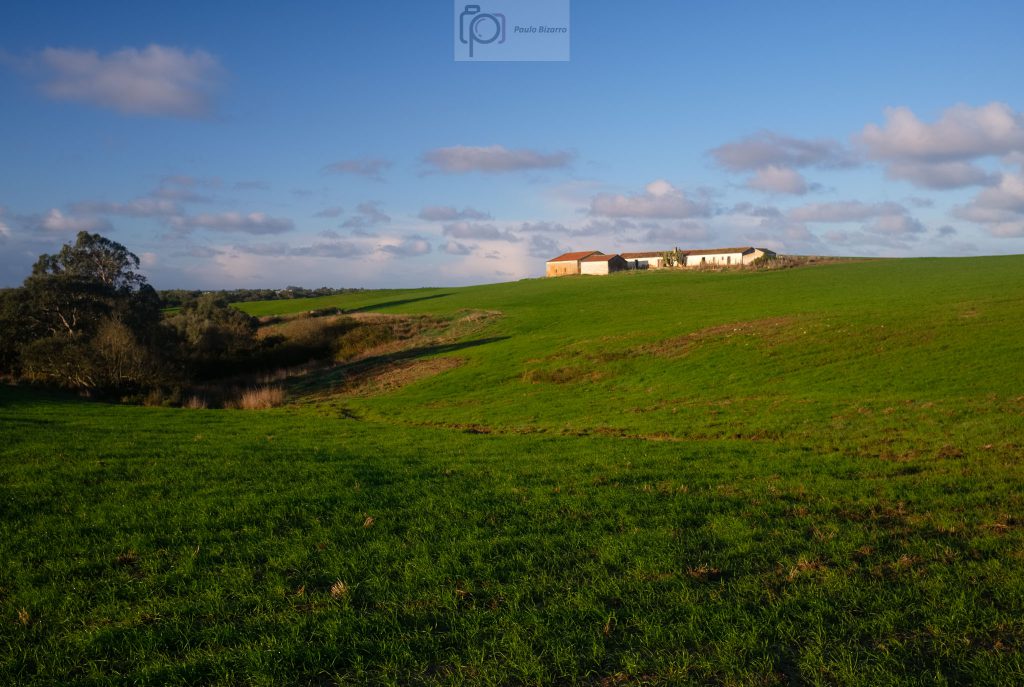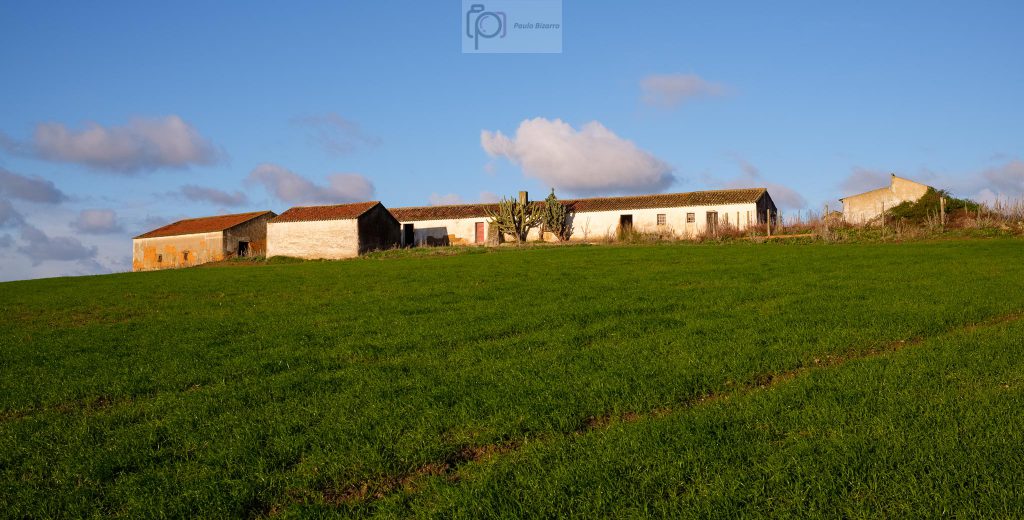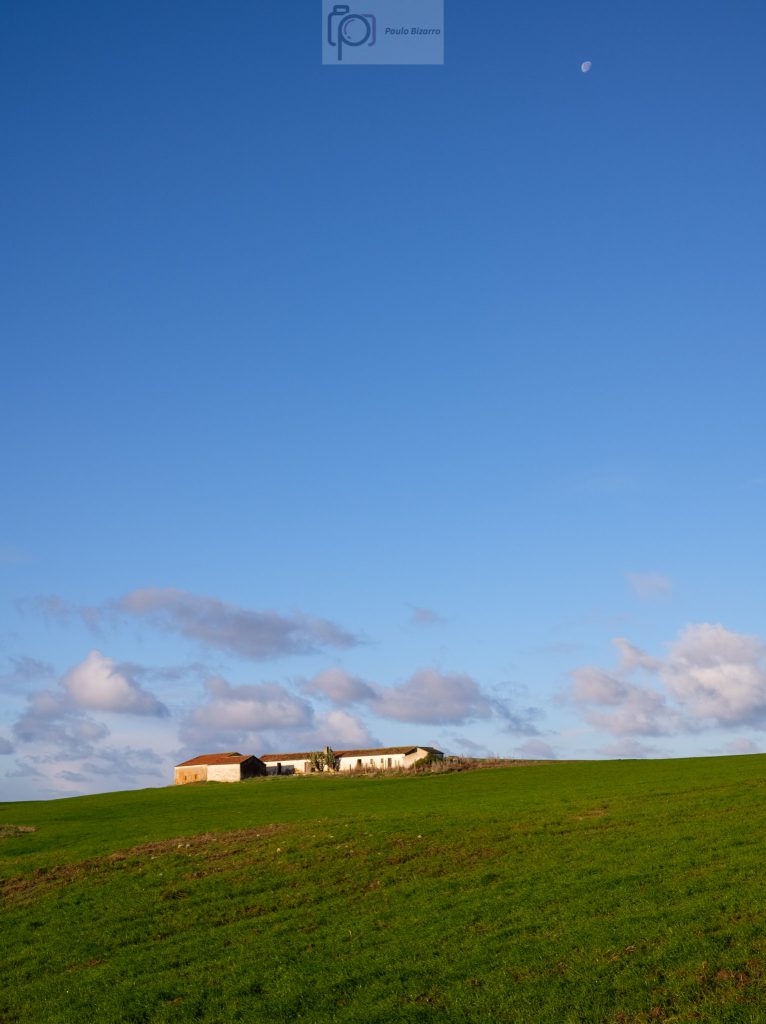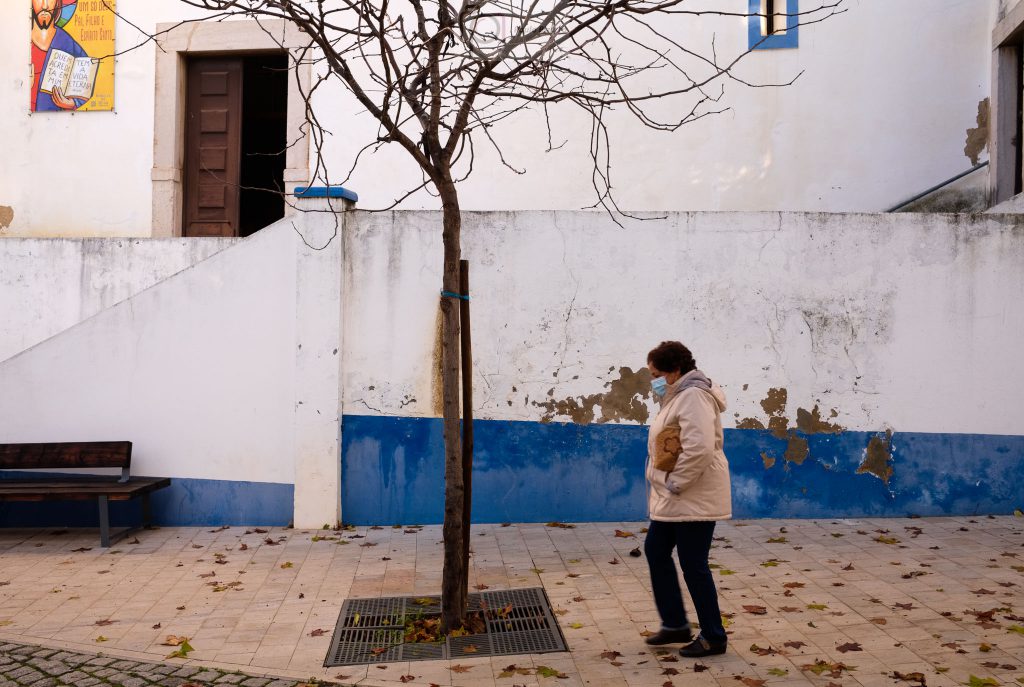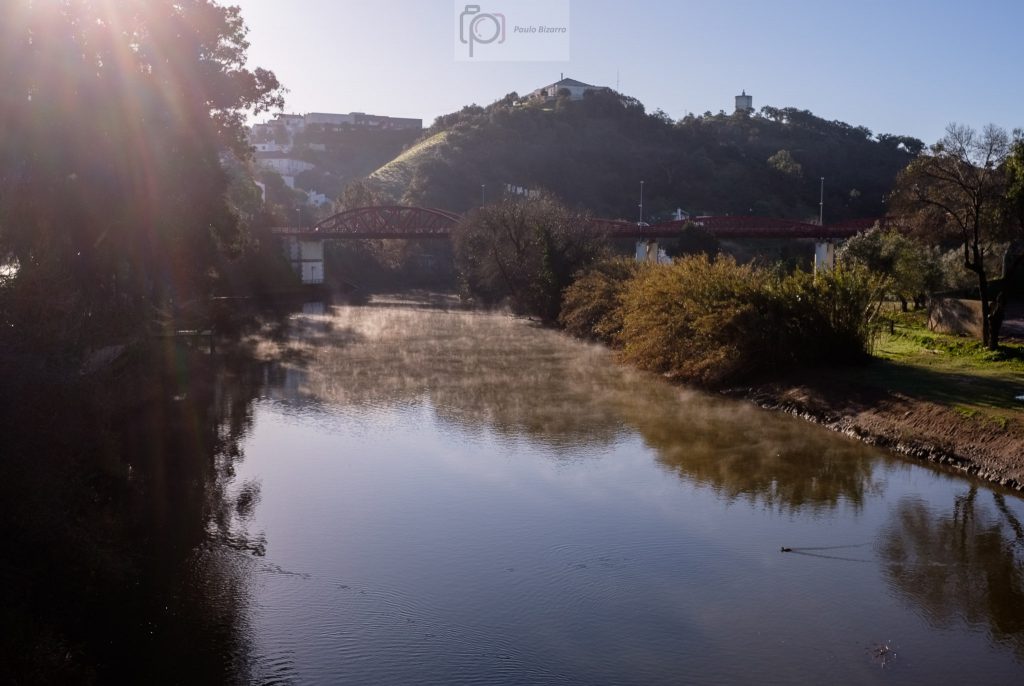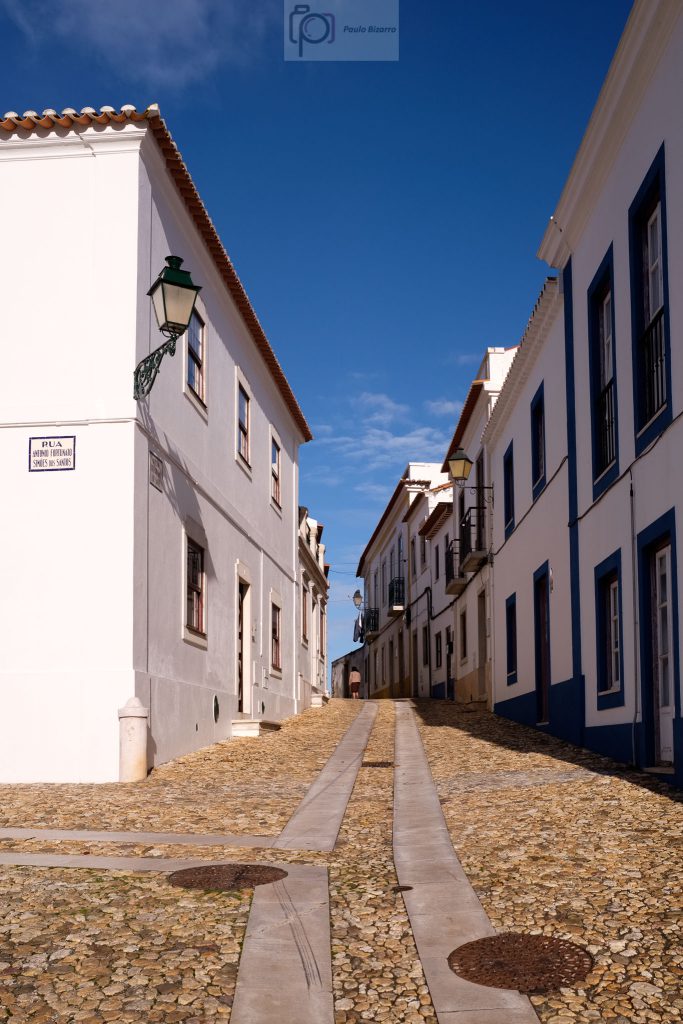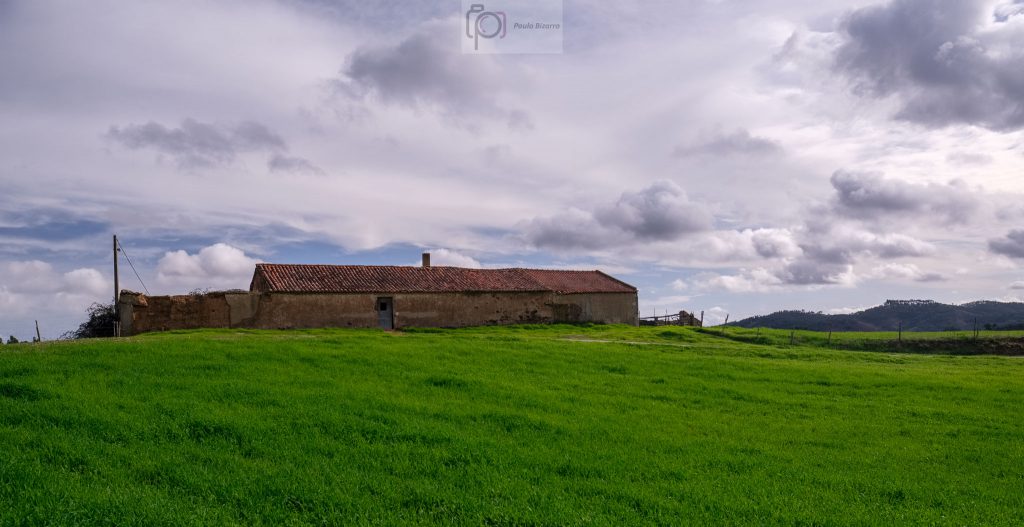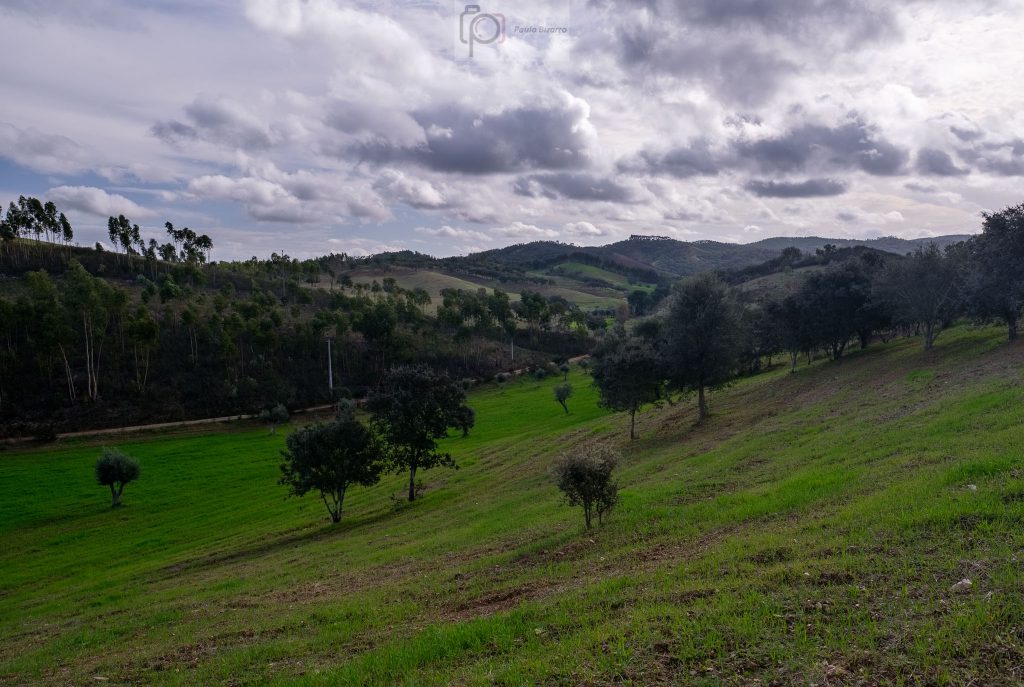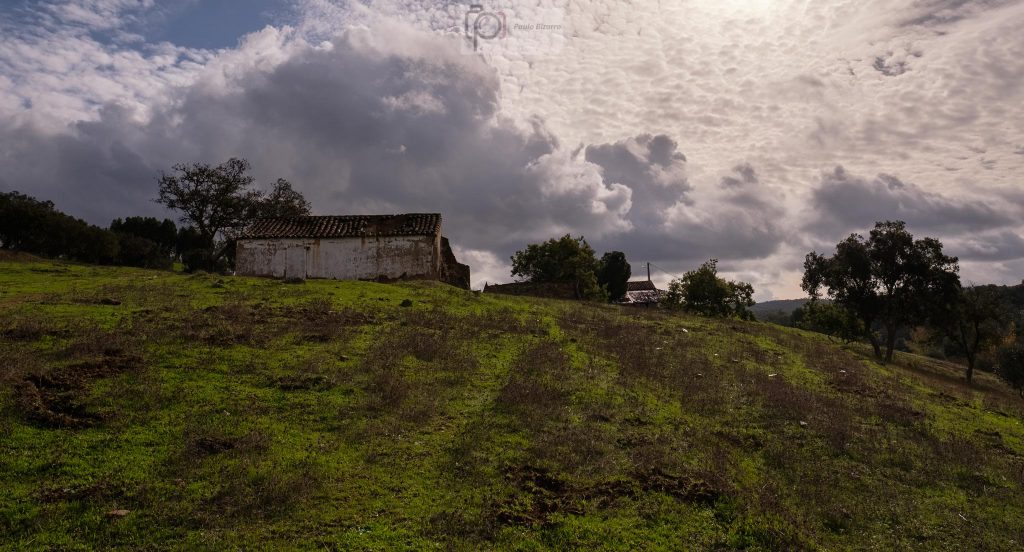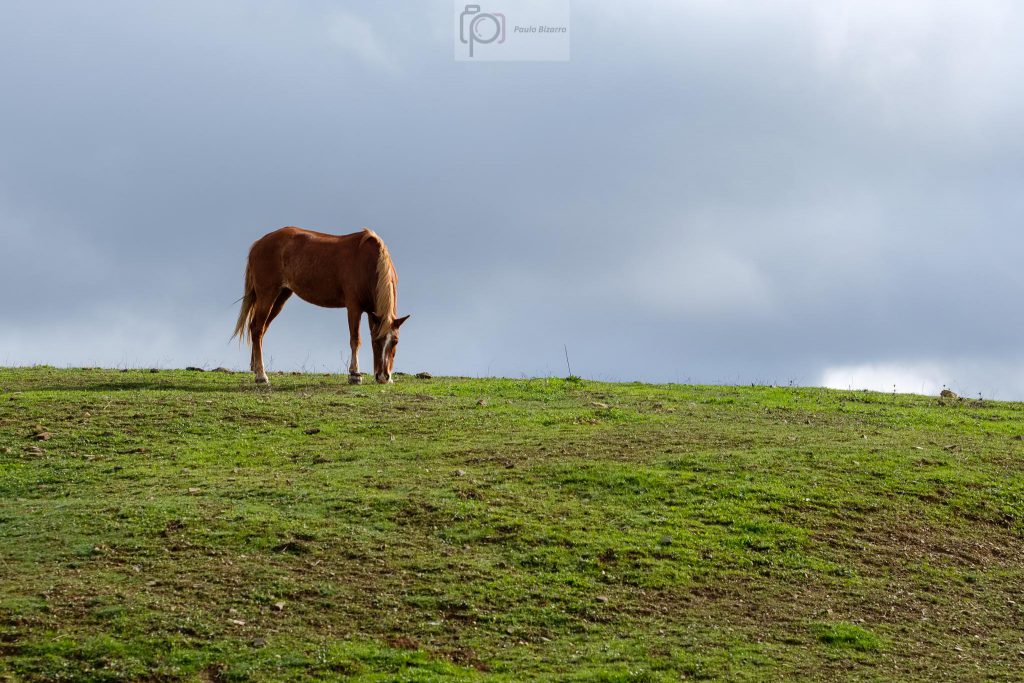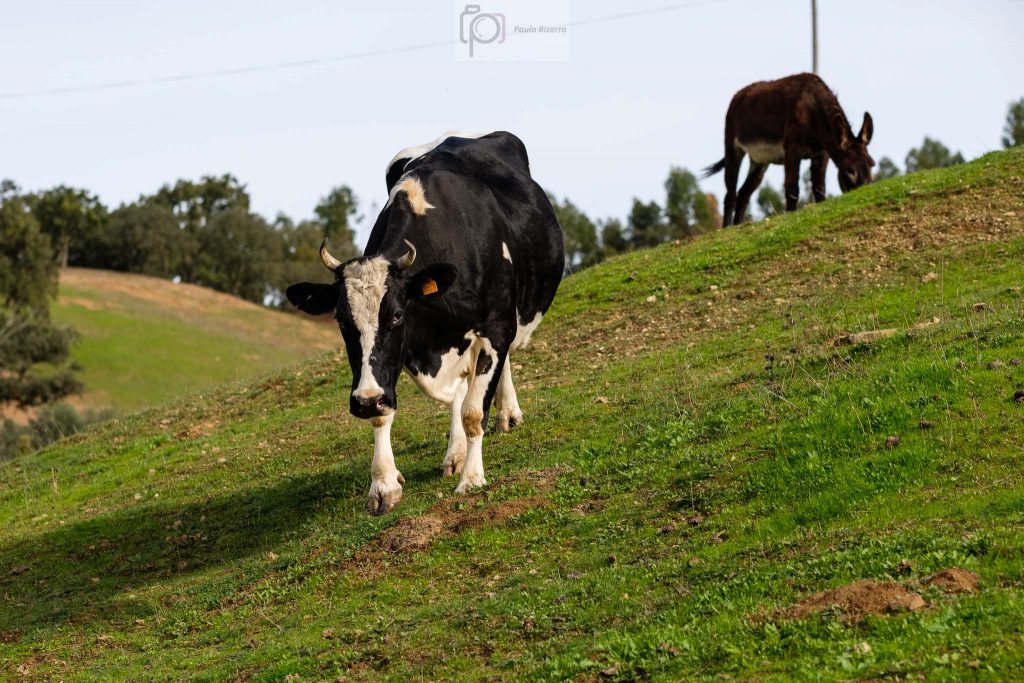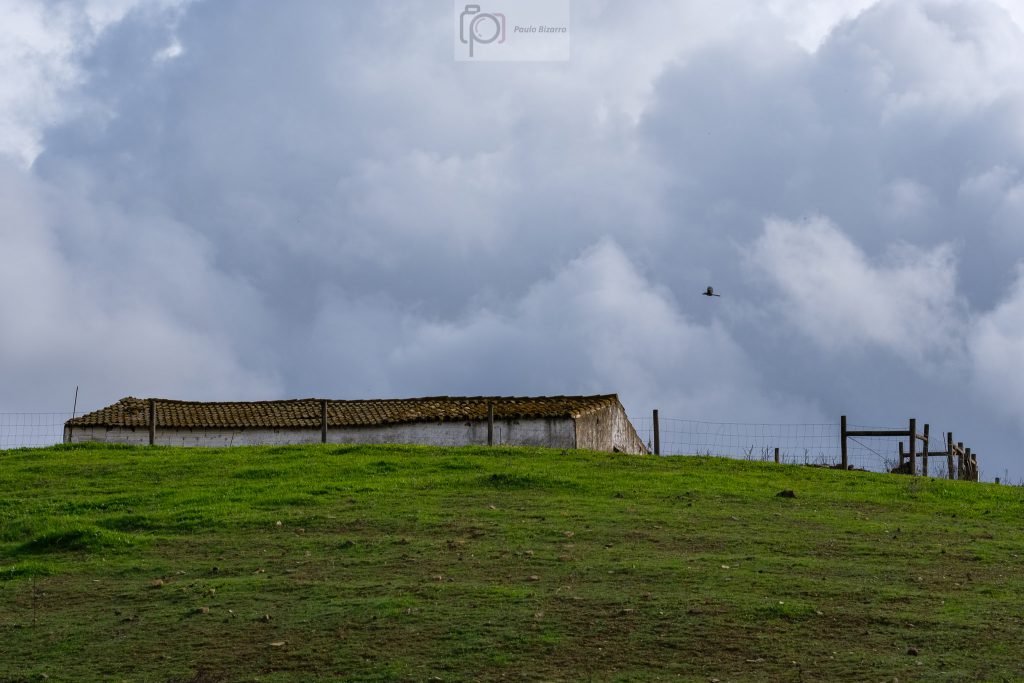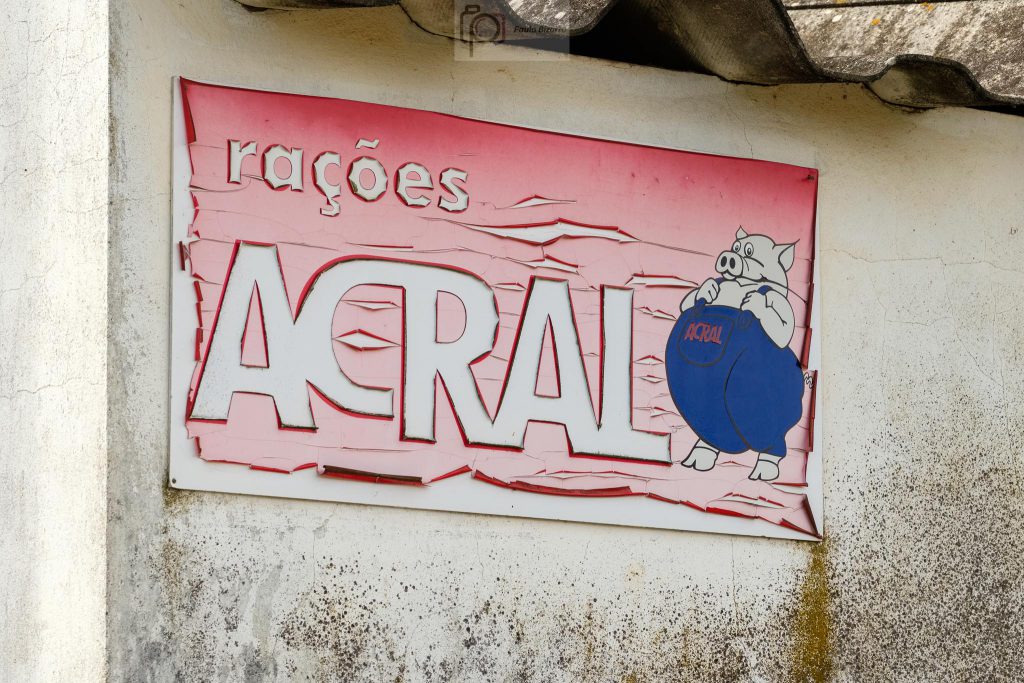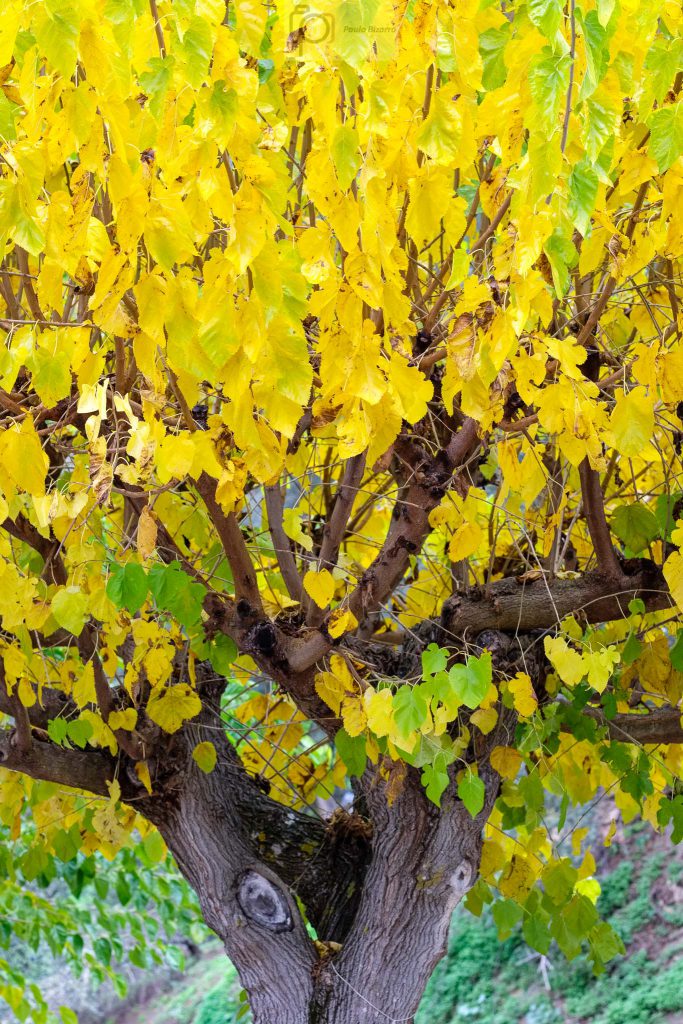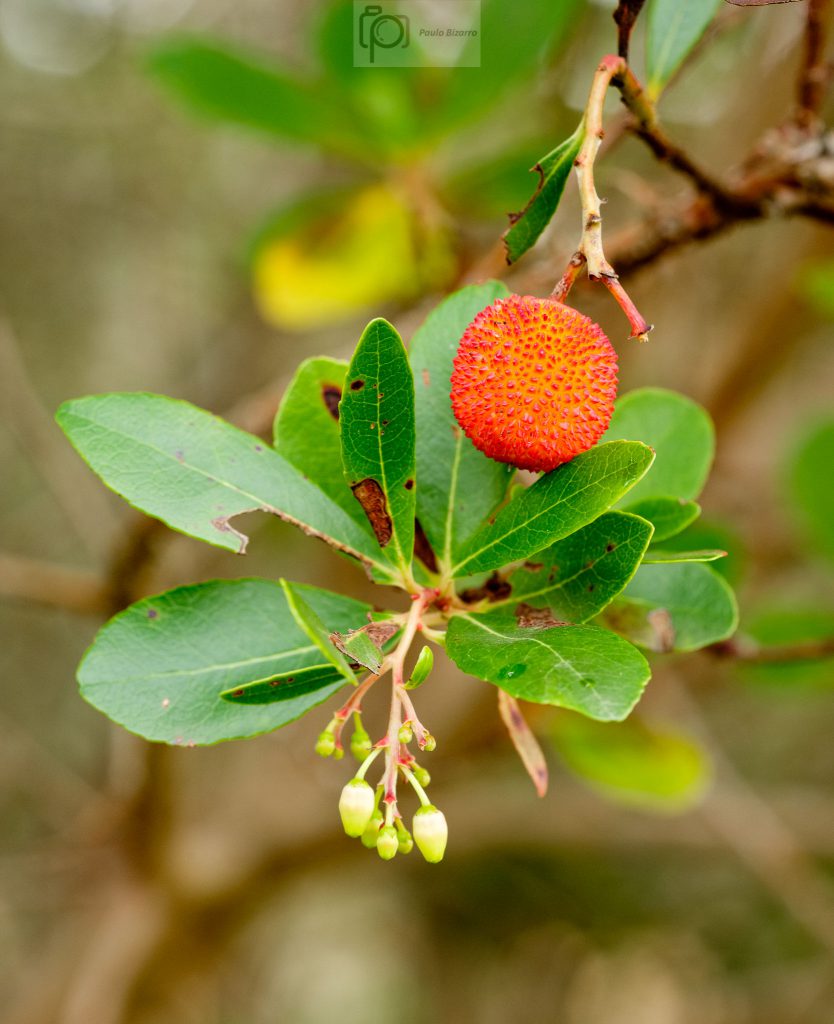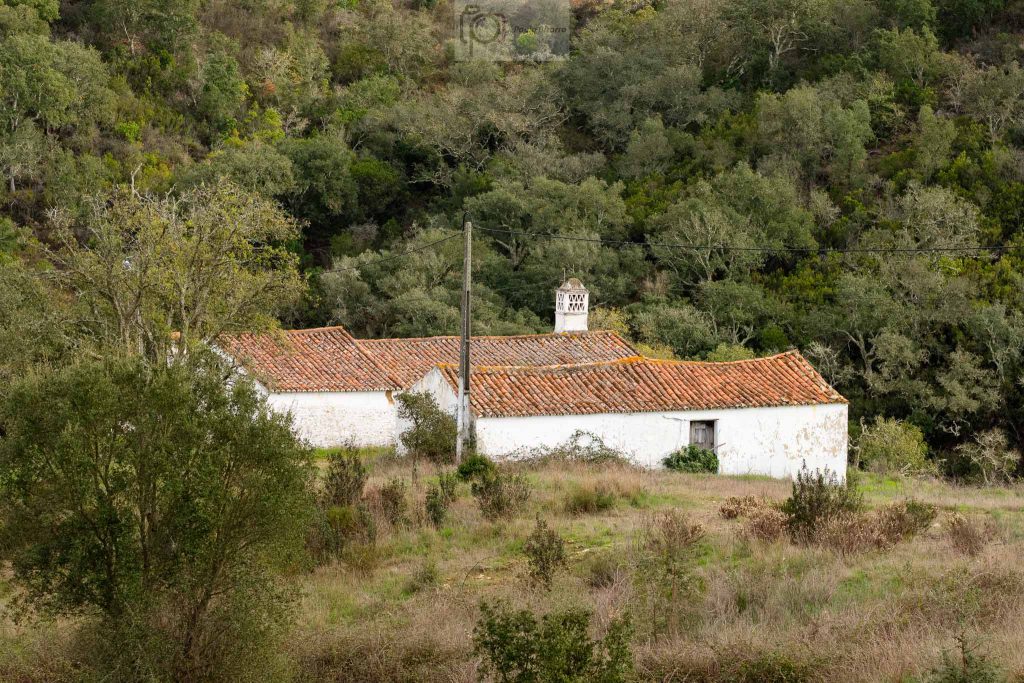It is very rare for me to write in any detail about photographic gear, for several reasons. The main ones being that in recent years, cameras and lenses are so good, and the choice is so much, that there are plenty of options for everybody who enjoys photography as a hobby. For the last 3 years, I have been using the Fujifilm X system, because it provides many right things that I find important for my photography. My first experience with the system happened around 2013, so it is not new to me.
The X-Pro series has always been a very special statement from Fujifilm, with its unique “old school rangefinder appeal” design: optical viewfinder in the corner (which is hybrid, meaning it can be used as an electronic one also), several buttons and dials for direct control, and robust construction, just to name a few. The camera was a success, and two more versions have followed, the most recent one being the X-Pro3. At the core, they all remain similar in their design as a tactile camera that is a pleasure to use. Coupled with some of the available small prime lenses, such as the 16mm f/2.8, 23mm f/2, 35mm f/2, and 50mm f/2, it is a camera that just begs to be used.

I have been using the camera for a while, mainly around my neighborhood, given the ongoing Covid-19 confinement in Portugal. Sill, I live near Carcavelos beach, which provides excellent opportunities for interesting photos. Thus, the other day I picked up the camera with the 50mm f/2 lens, plus the tripod, and went to the beach. The weather was good, late afternoon with some sun and clouds. As usual, there were many surfers and some people simply enjoying a seaside stroll.
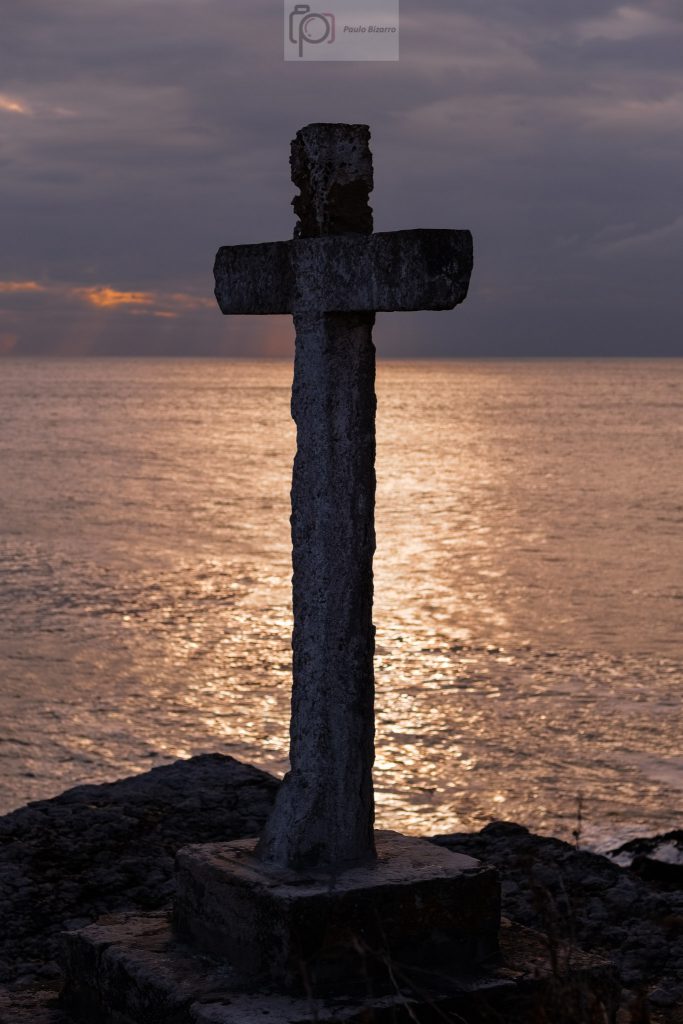
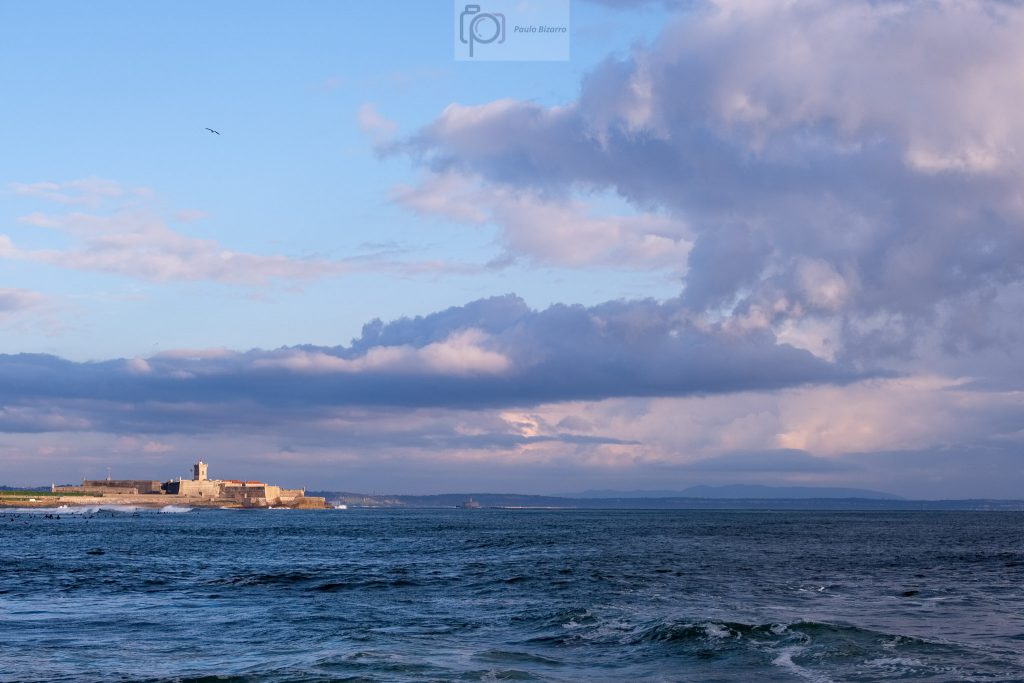
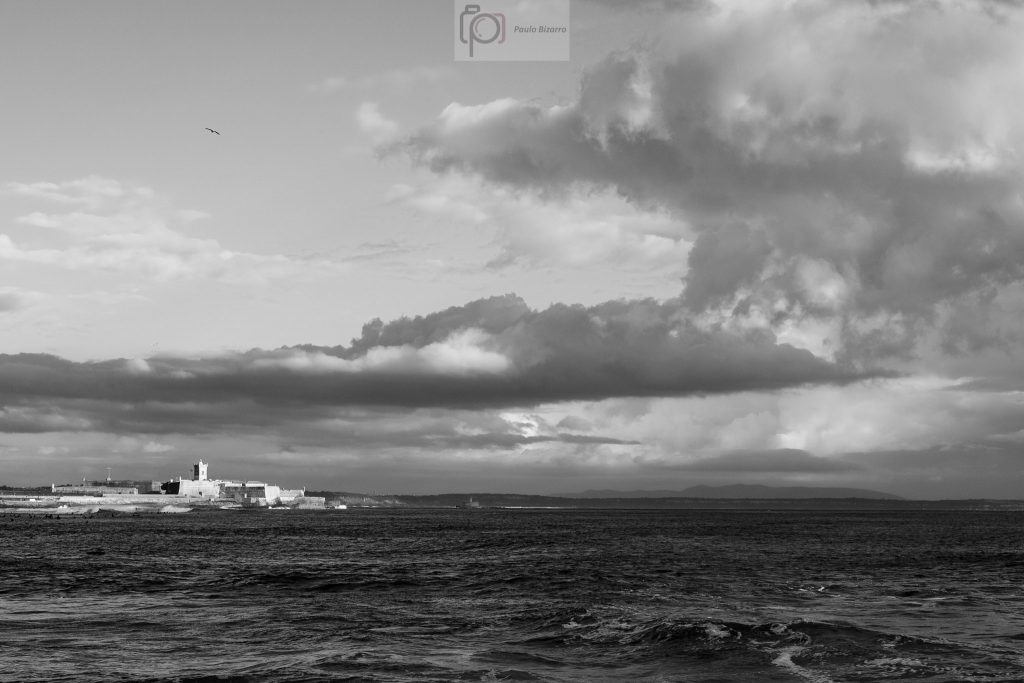
I used the tripod for most of the photos, because that is a habit of mine. It helps me to concentrate on the composition. The other aspect of the camera that I like is the way the screen operates; when not in use, it is hidden from view, and it may seem that is even missing. The screen is there, but it needs to be tilted down to be used, and that is the only option available. For the way I shoot, this is brilliant: when shooting handheld I do not need to see the screen, and when using the tripod, I merely fold the screen down. When the main screen is closed, Fujifilm added another extra classy detail, in the shape of a small screen that can mimic the slot where in film cameras people would place the little square with the film type reminder.
Walking near the sea, with the camera on the tripod, I simply kept shooting when I saw an interesting scene. Even with the (small) tripod near me, the camera and lens did not caught any attention from other people. I already had that experience when using the X100 (another retro design camera); people think I am using an older film camera. The focal length I had with me, 50mm, works out nicely to keep some distance between my and my subject, but not too much.
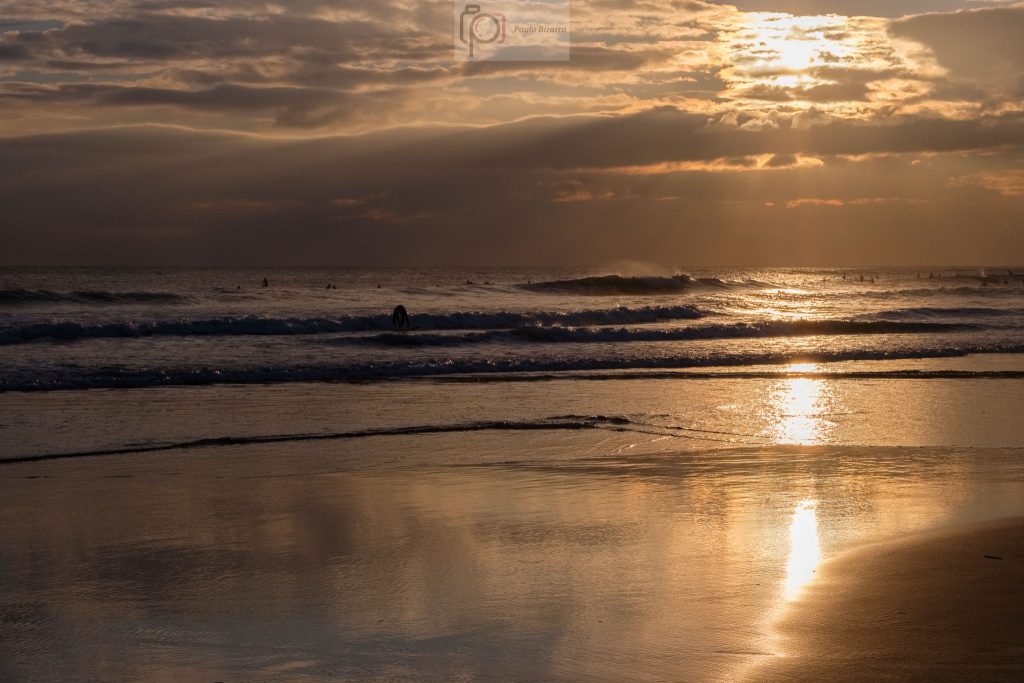
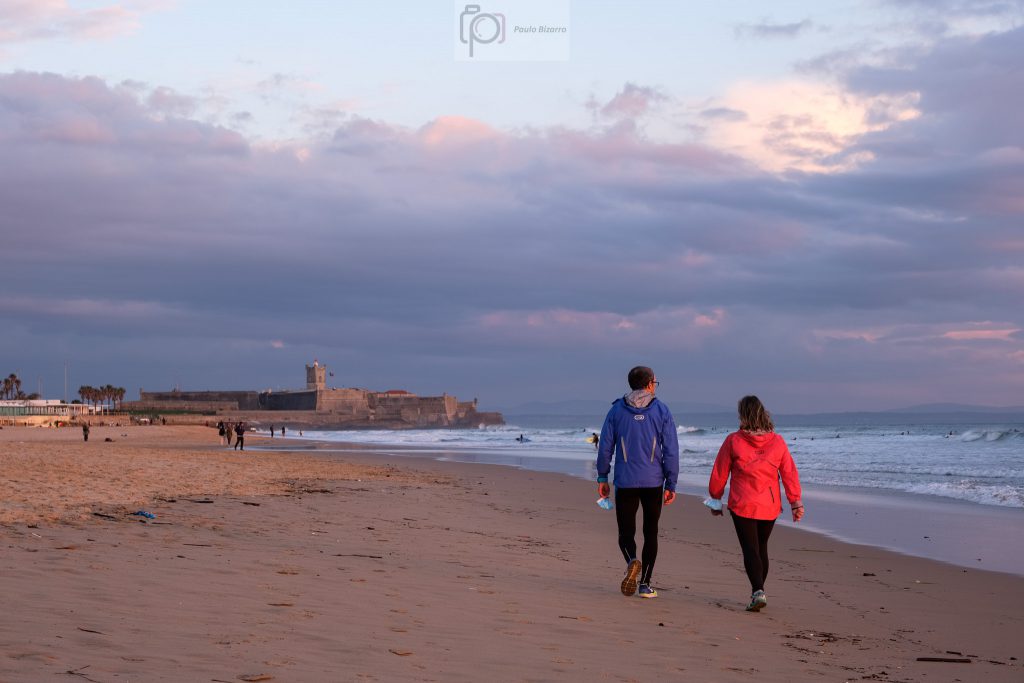
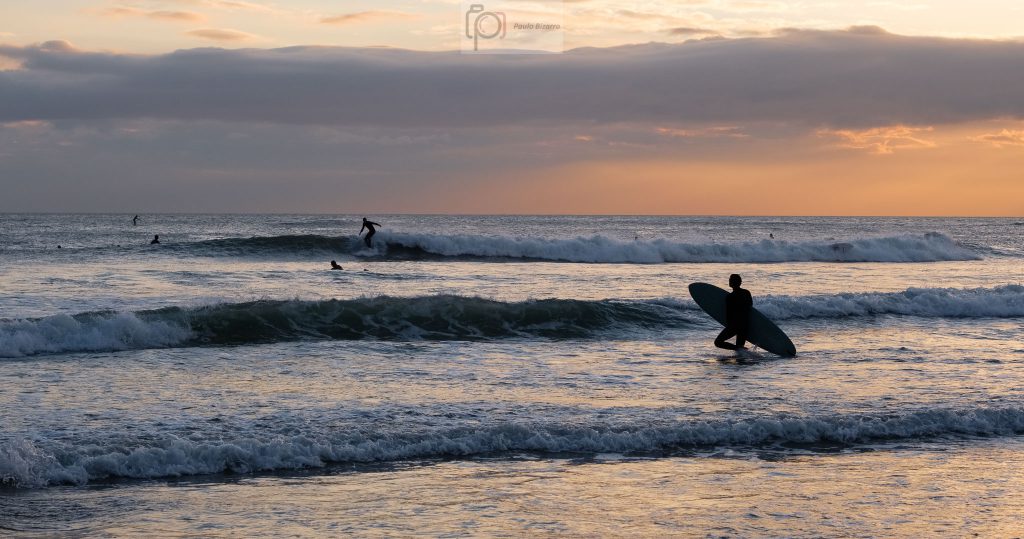
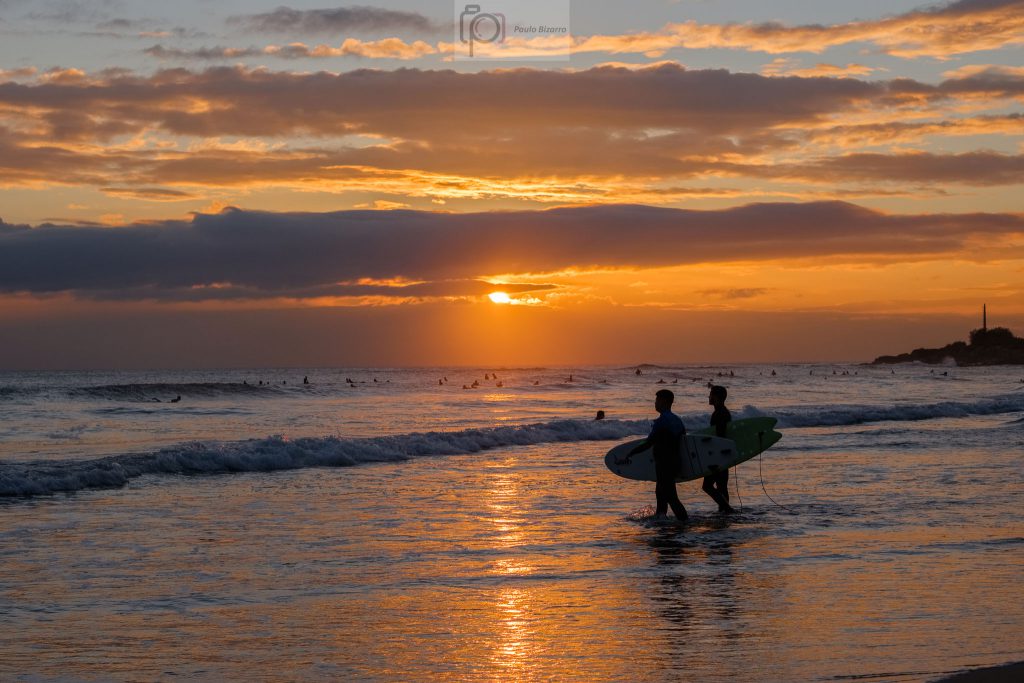

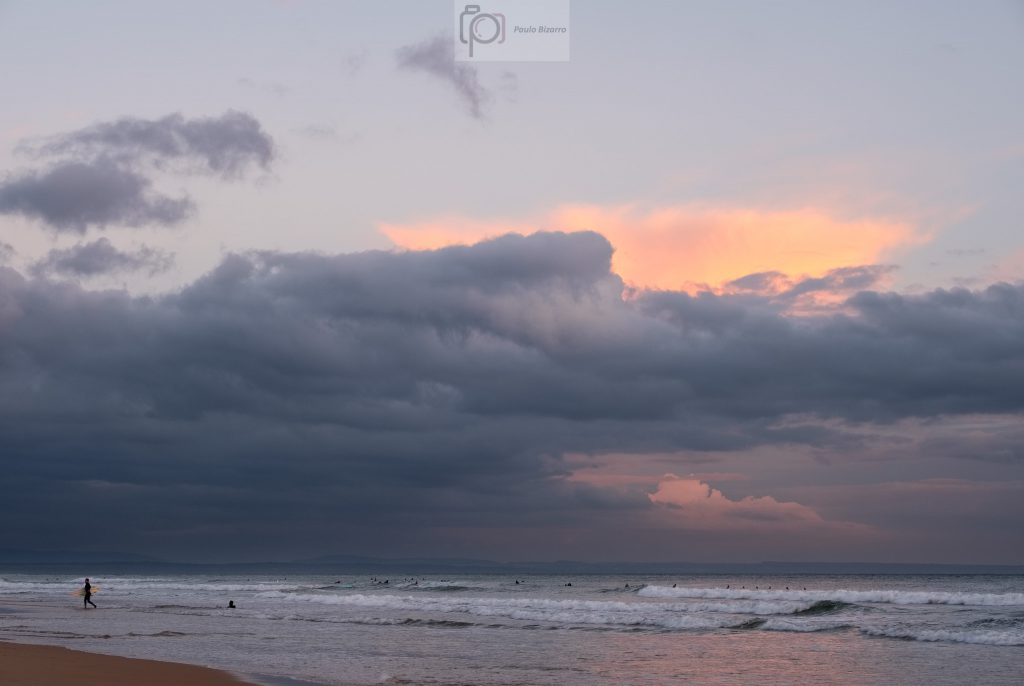
In the next few days, and with the rumors that the confinement rules will start to be lifted, I intend to use the camera a bit more. But so far, my opinion is that the camera continues to marry a brilliant design with a lot of technology, resulting in a mature camera that is quintessential Fuji. A design that (re)states its commitment to photography and photographers.
